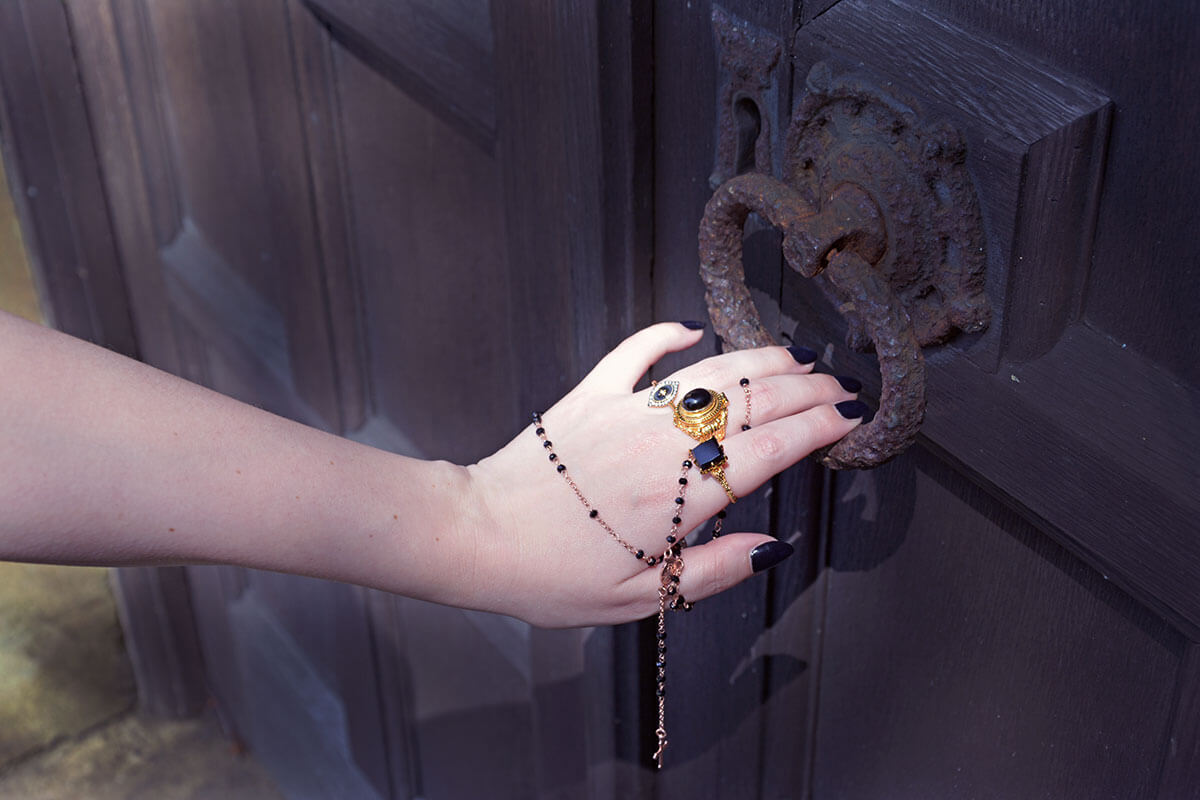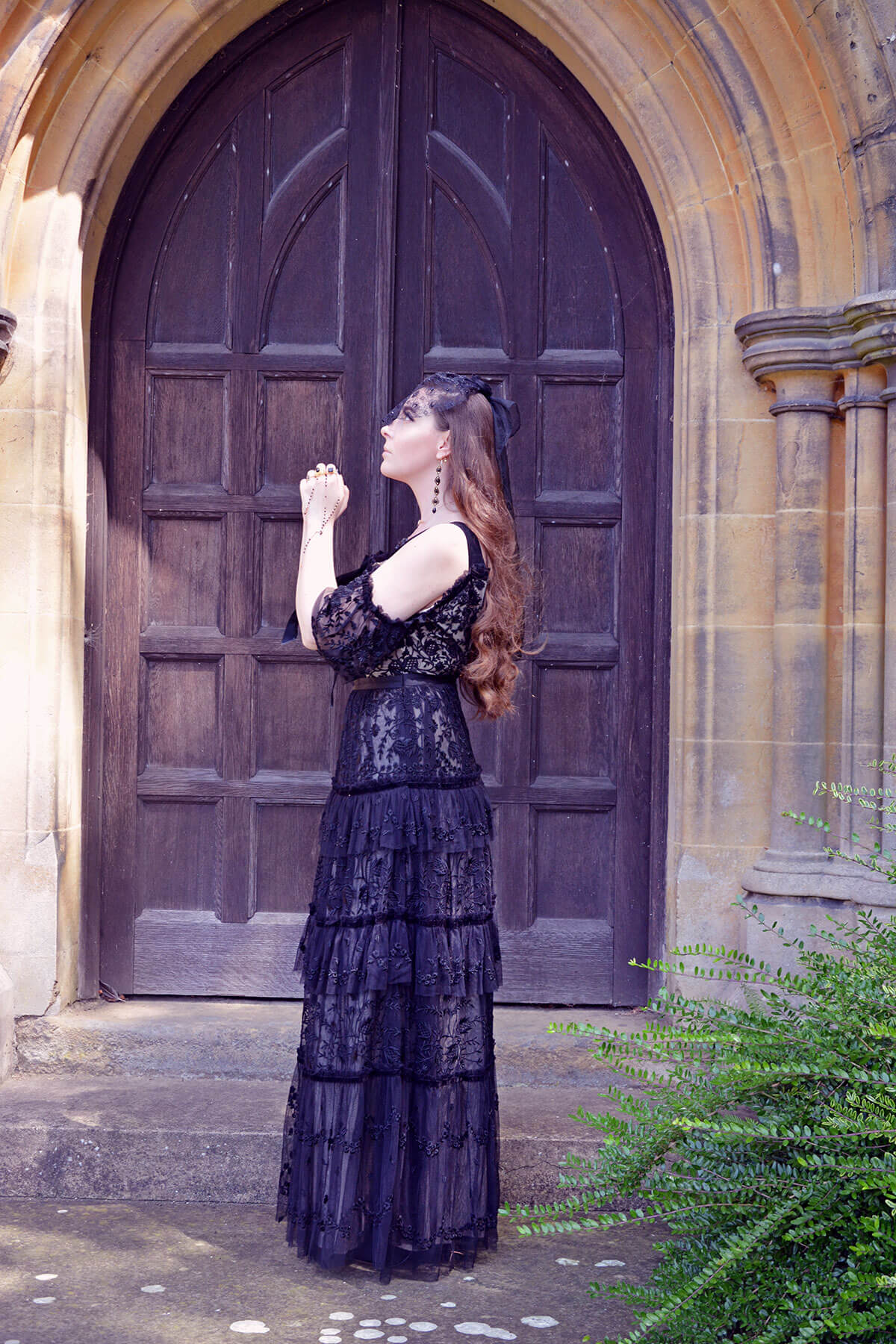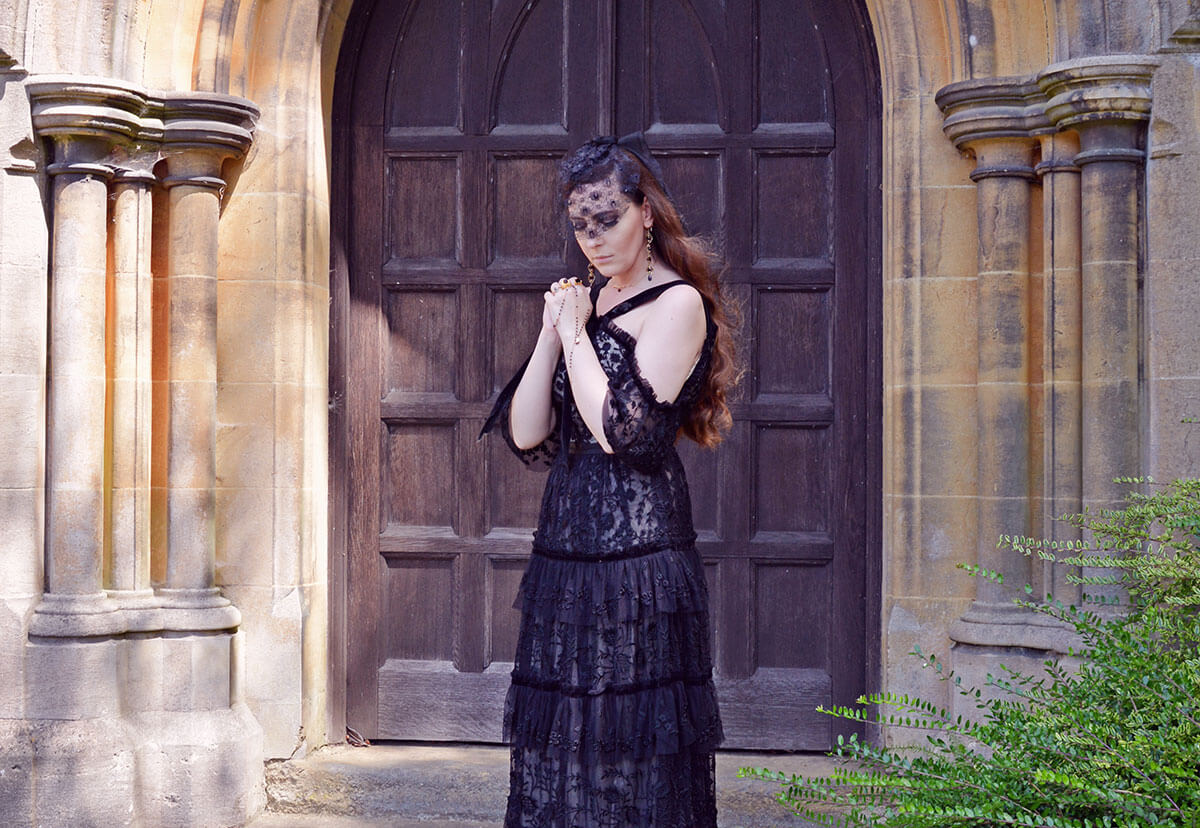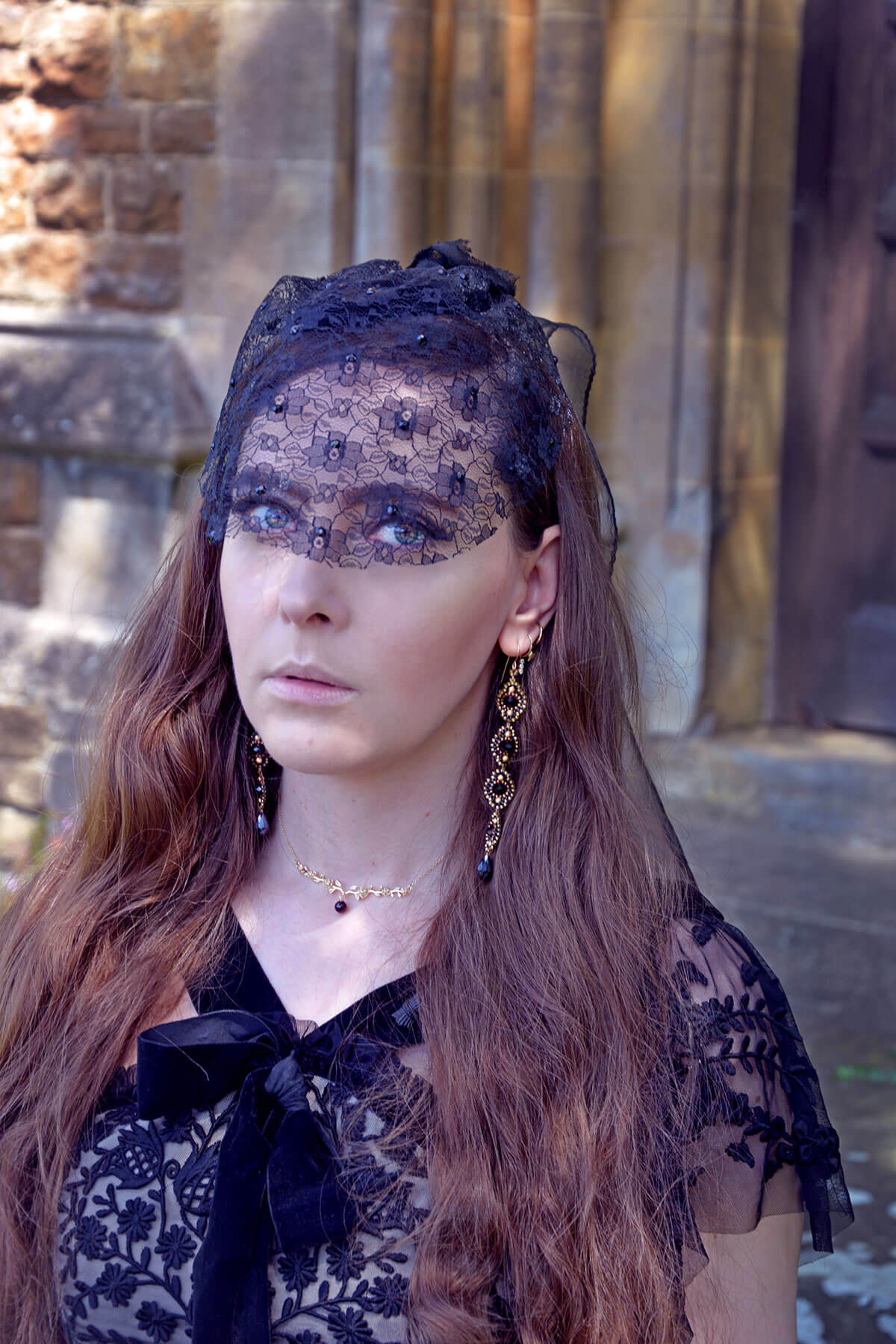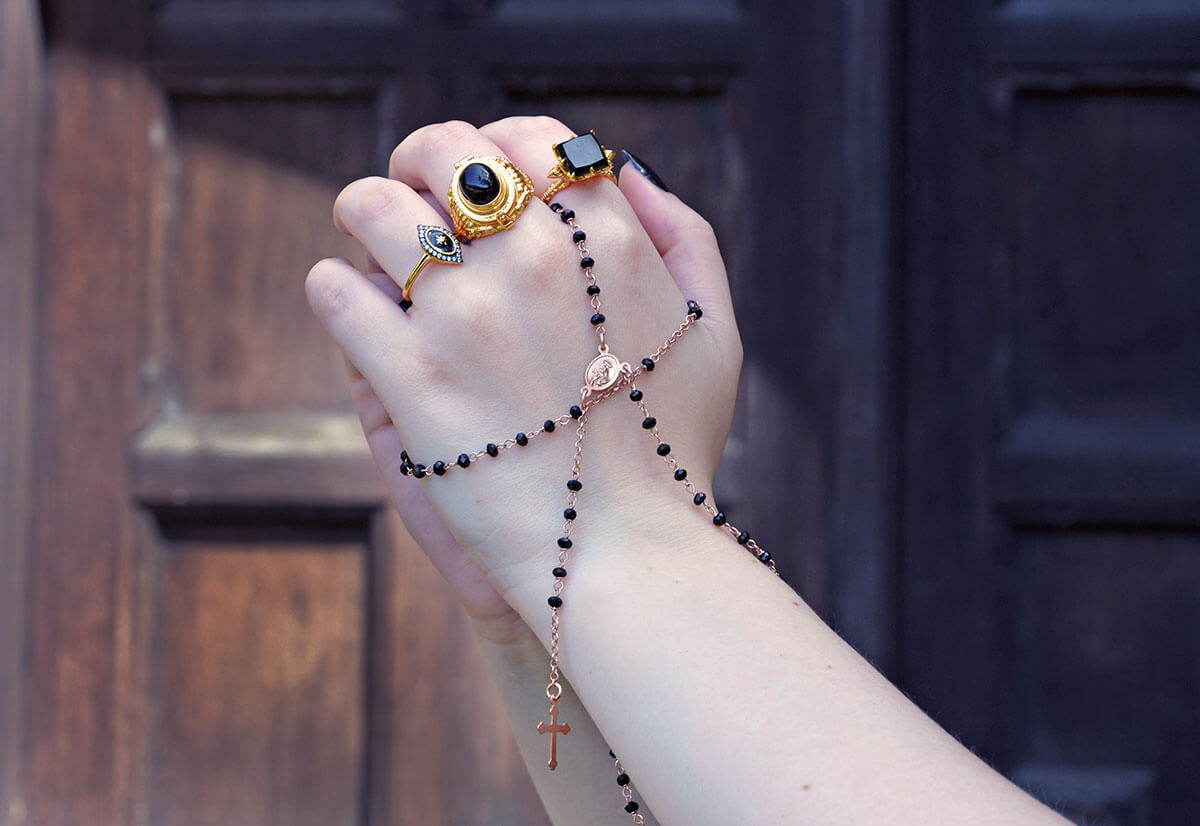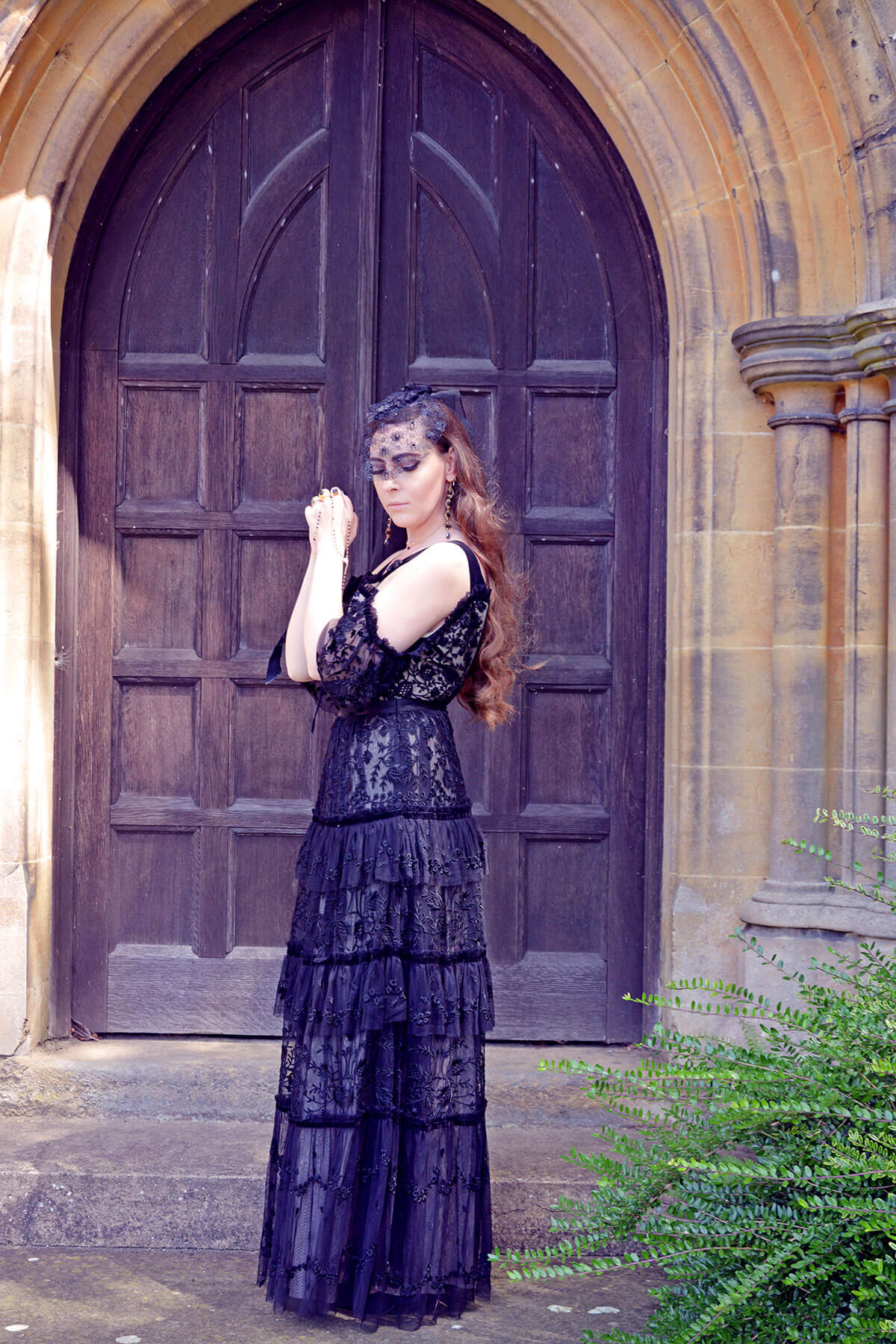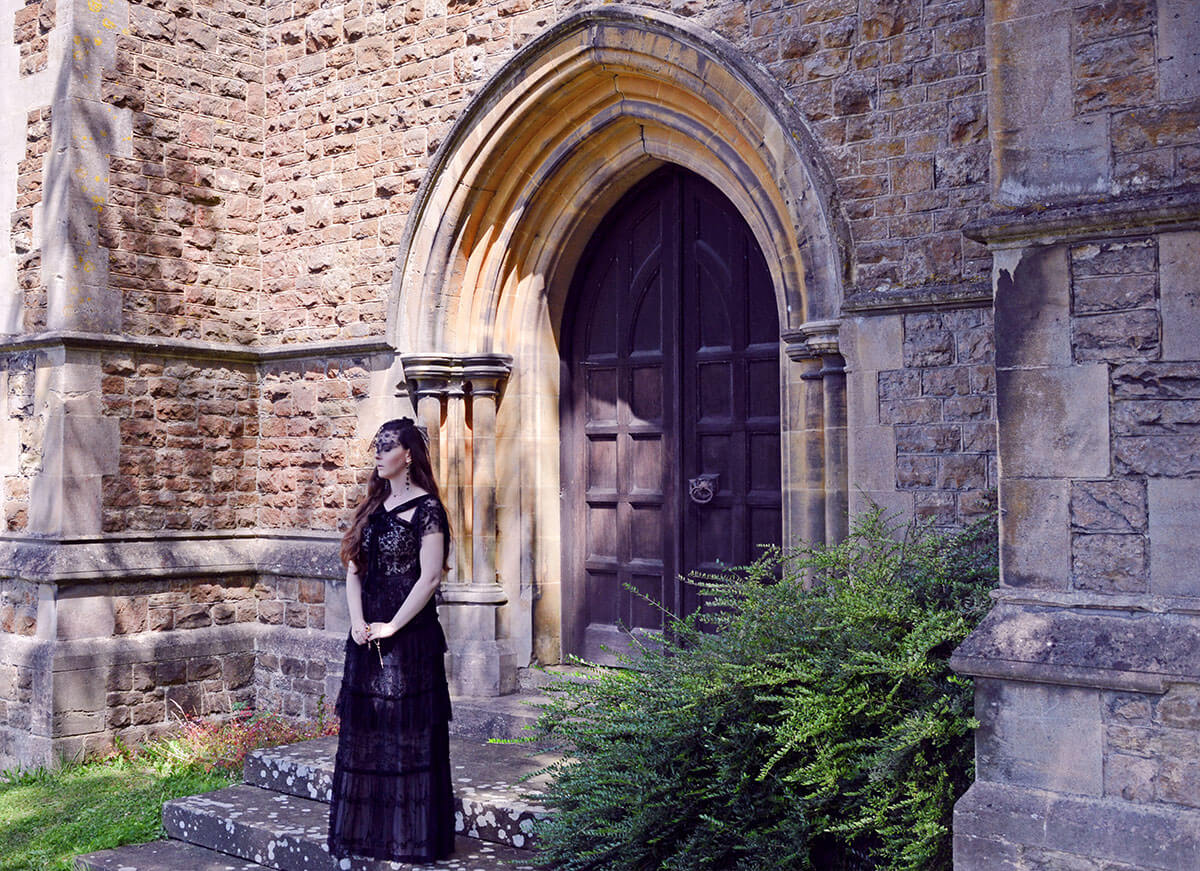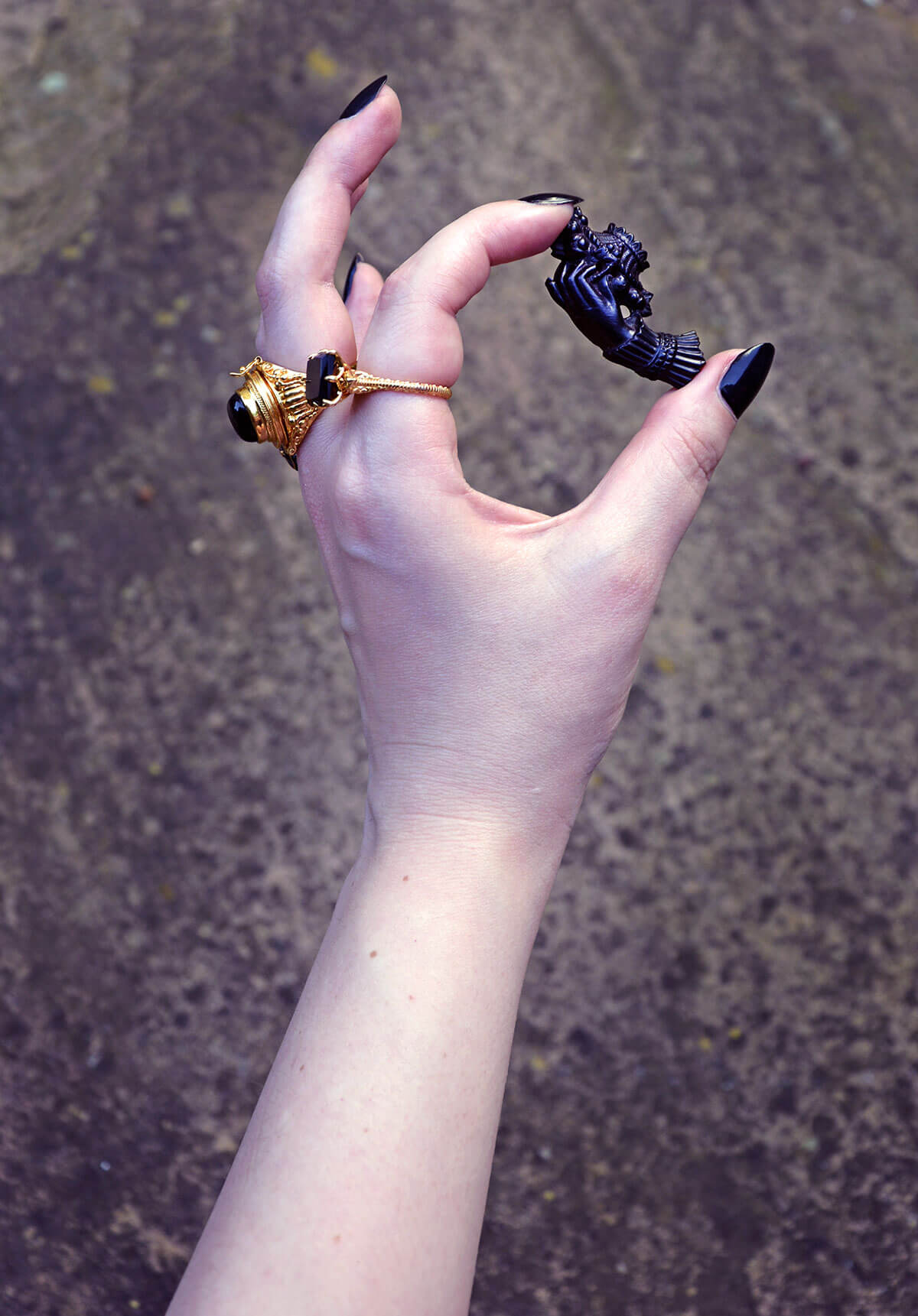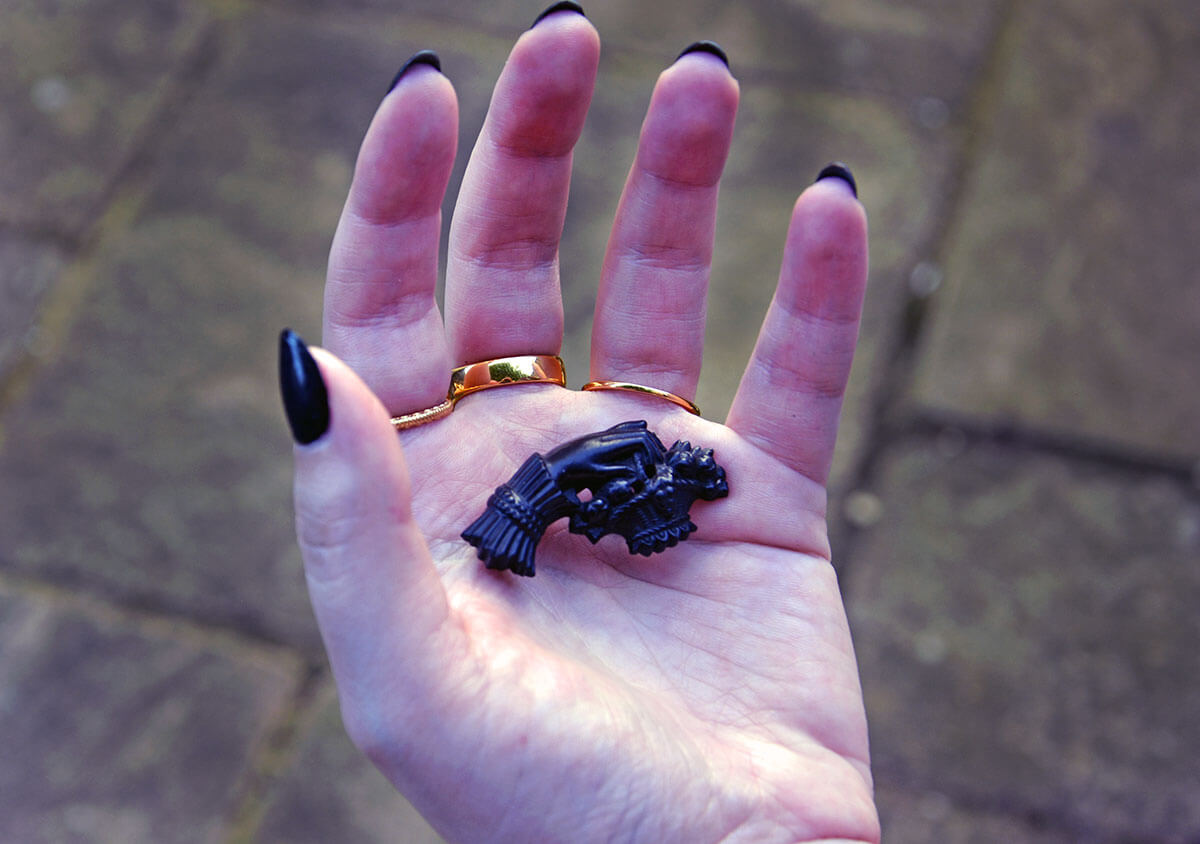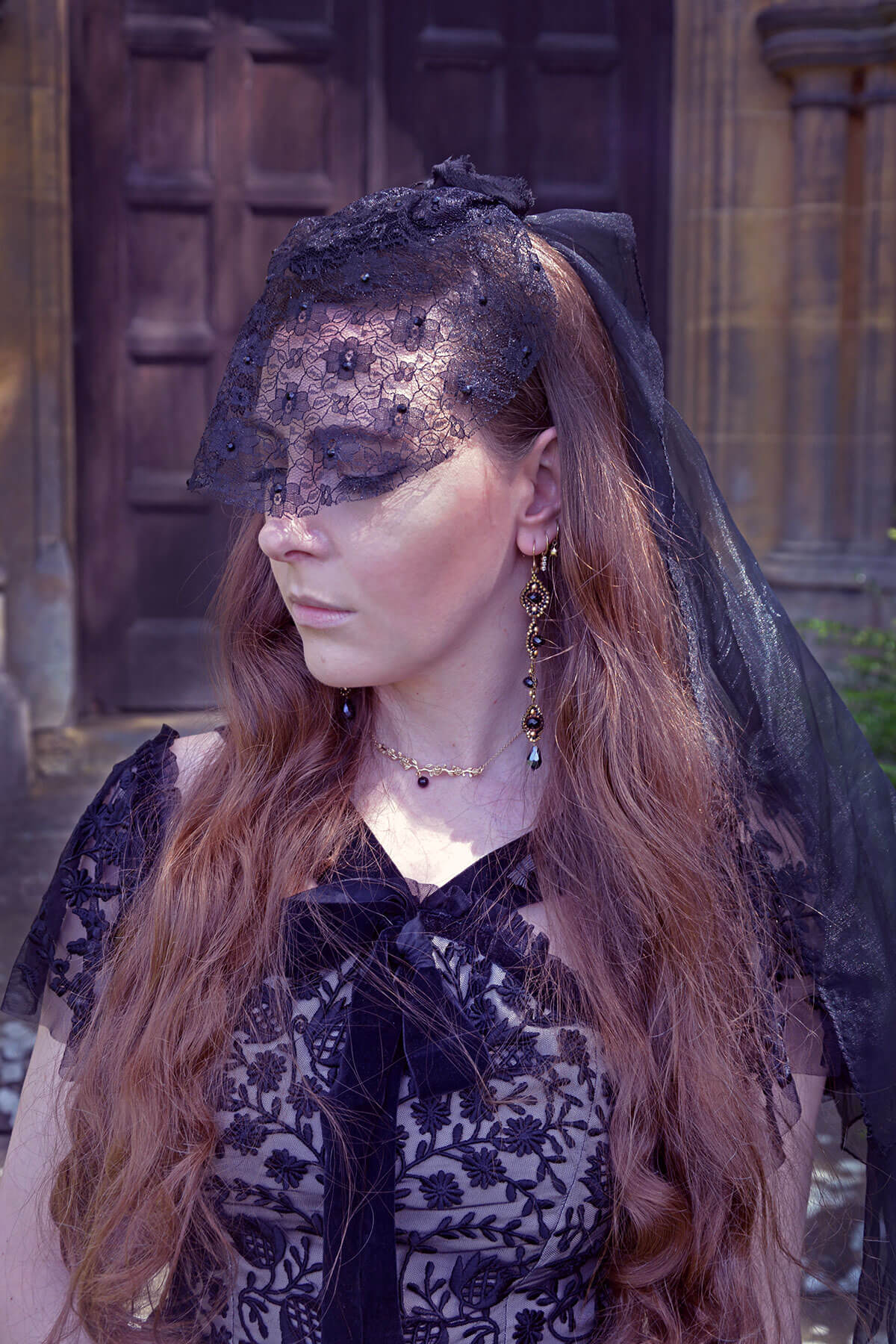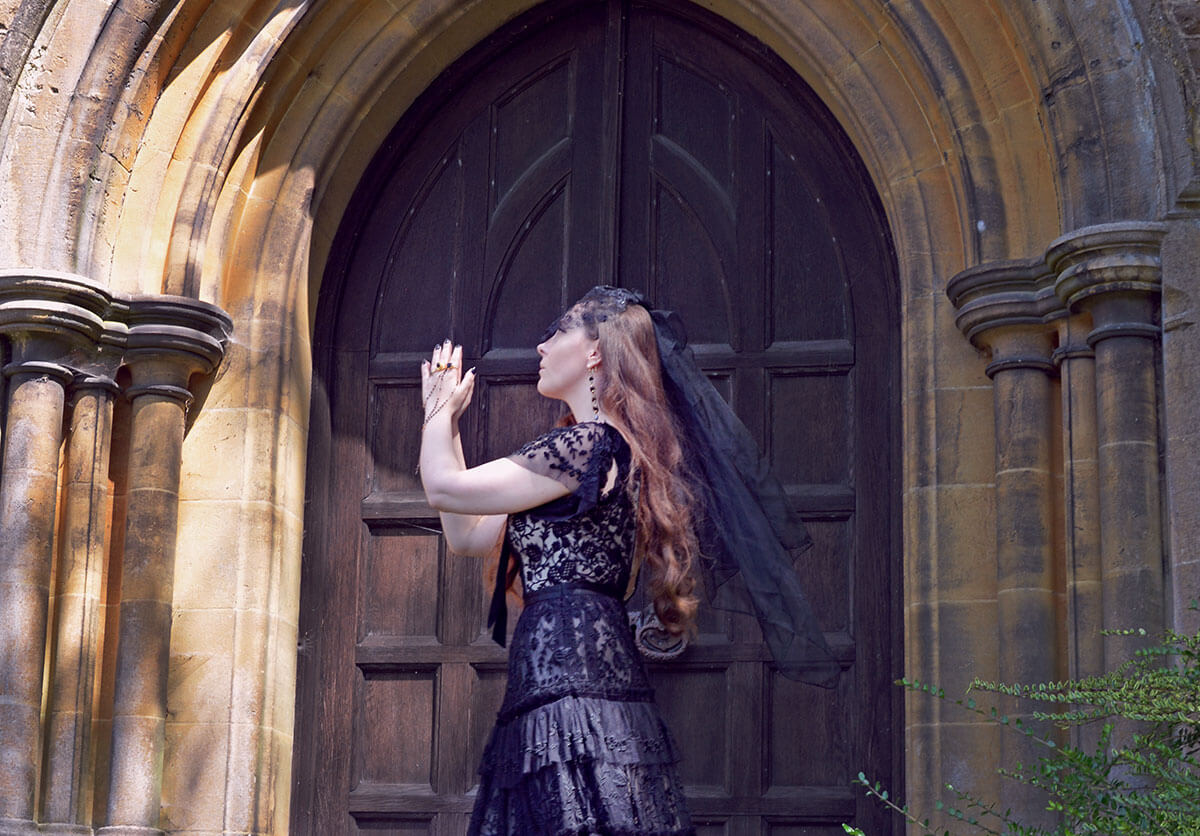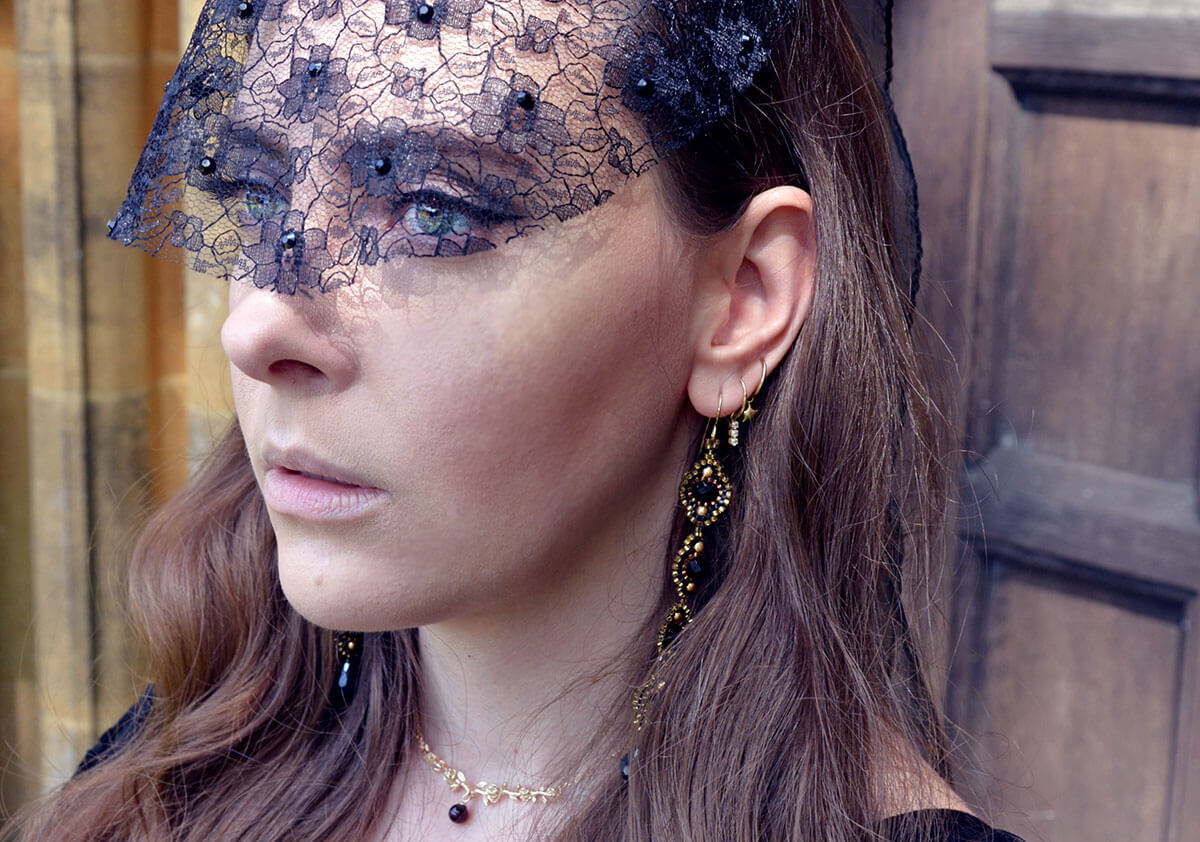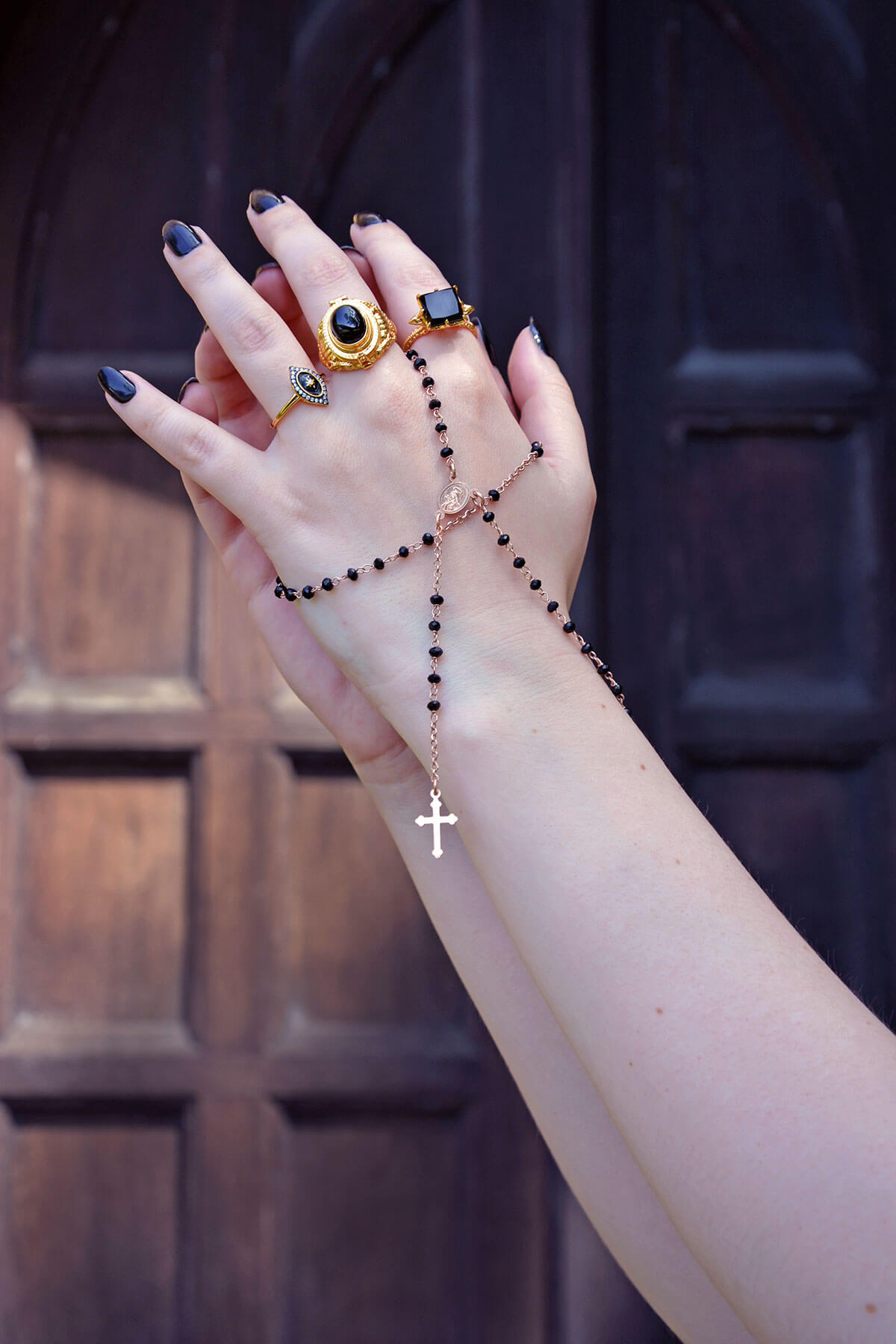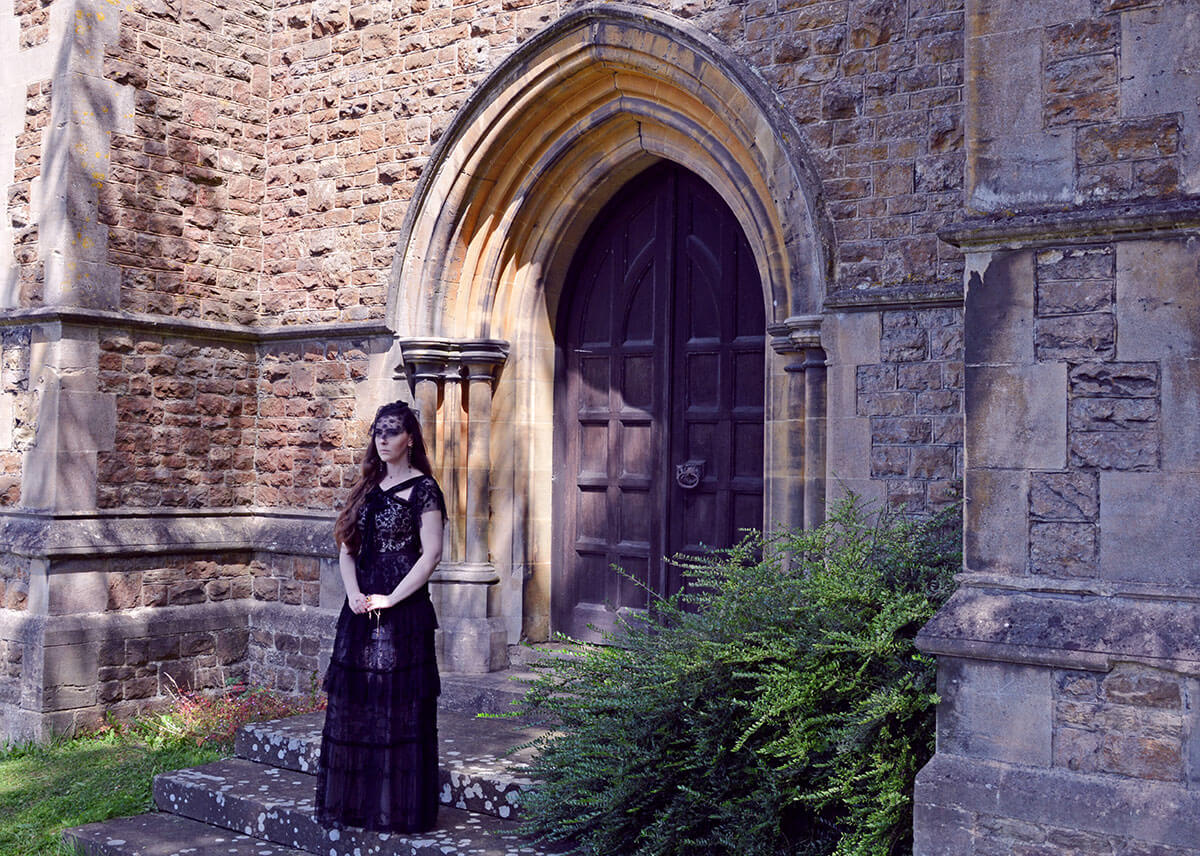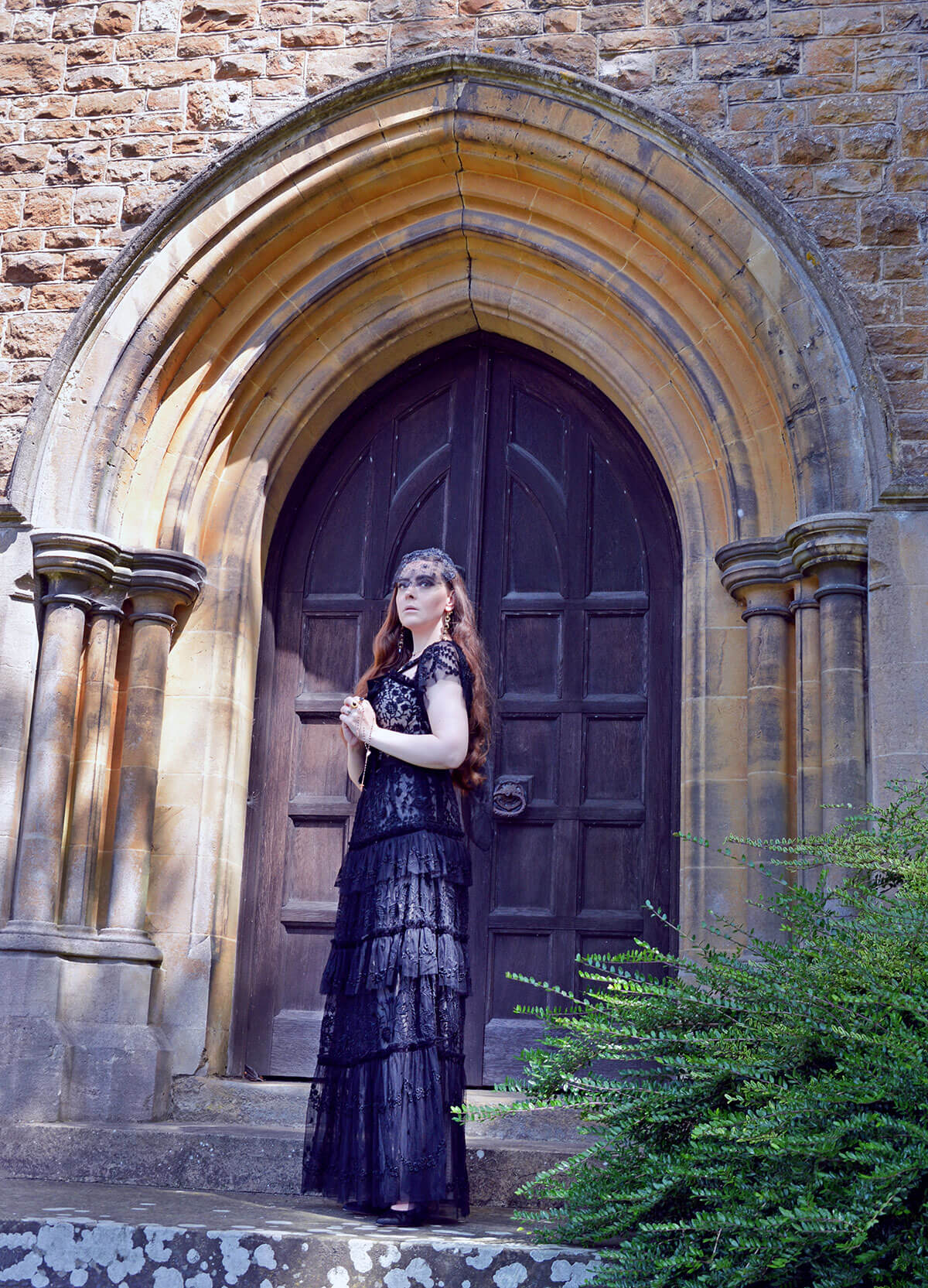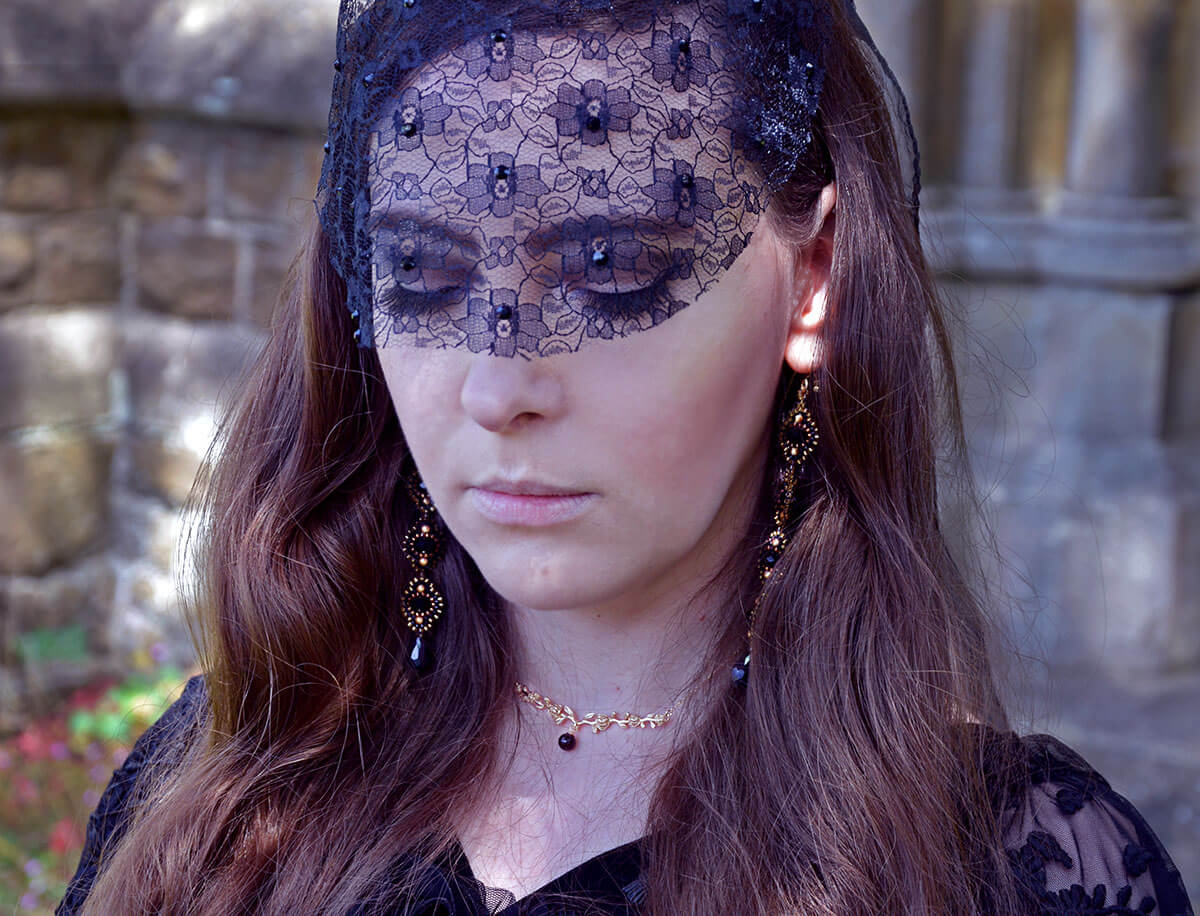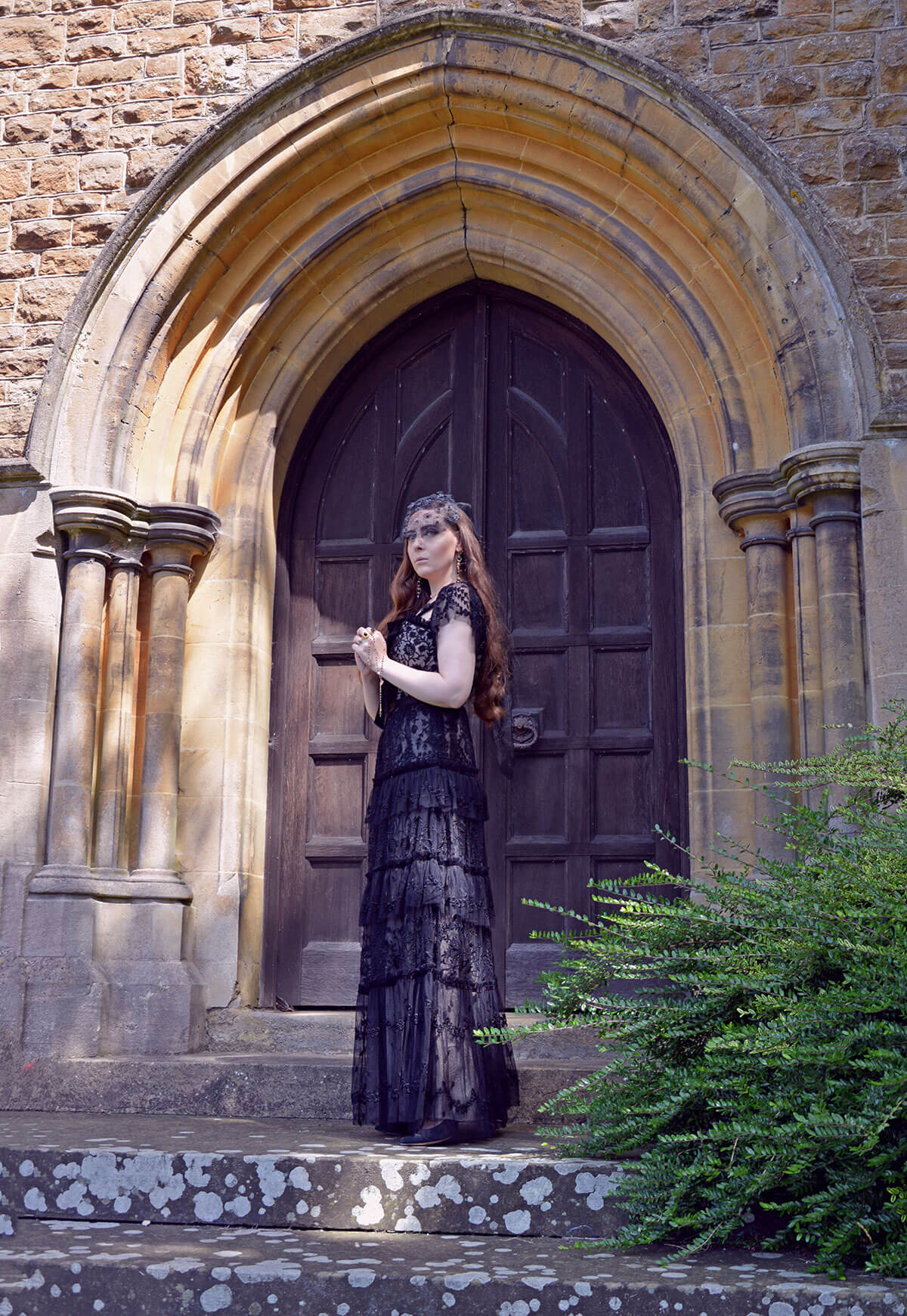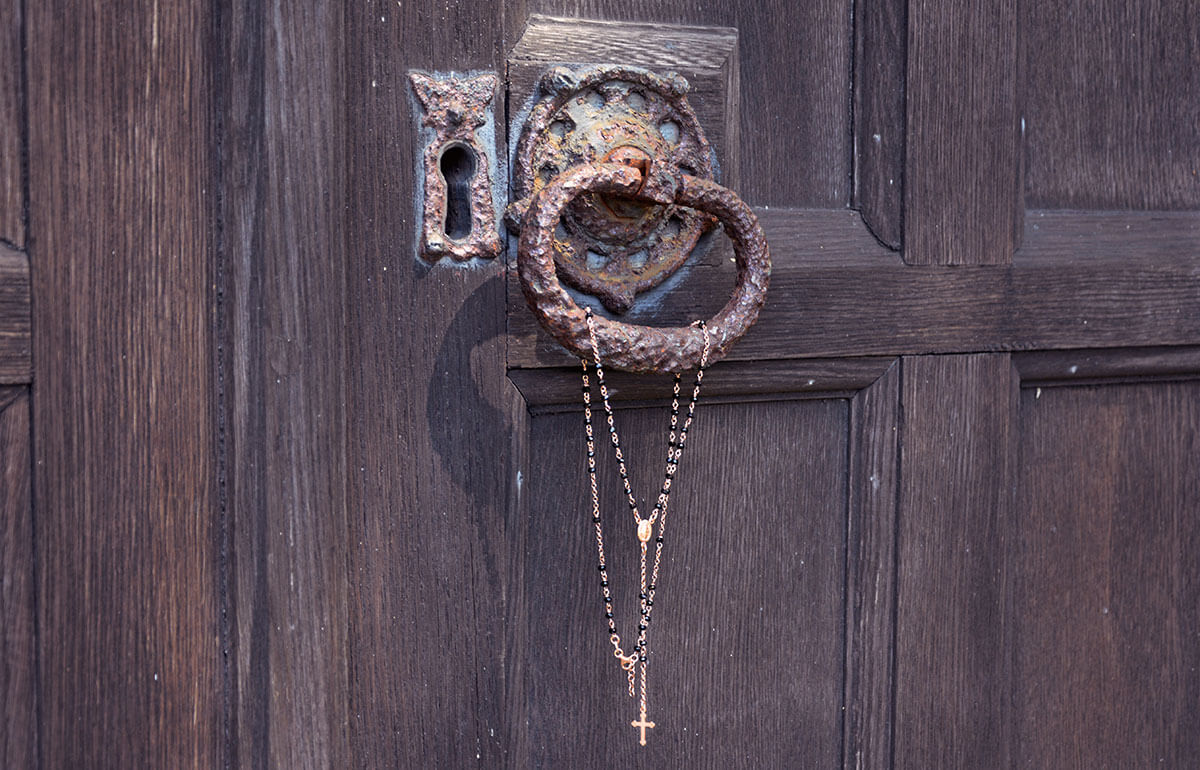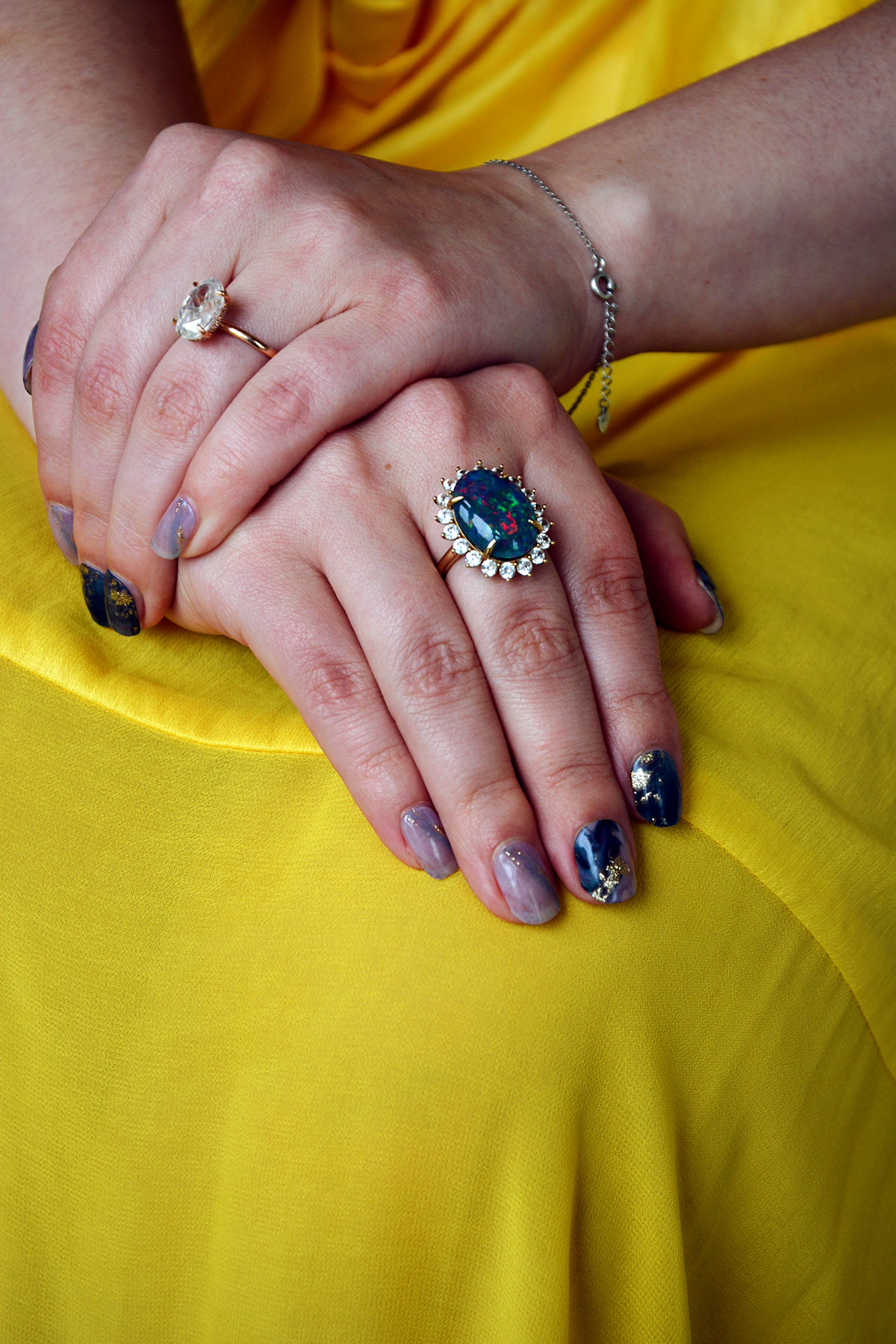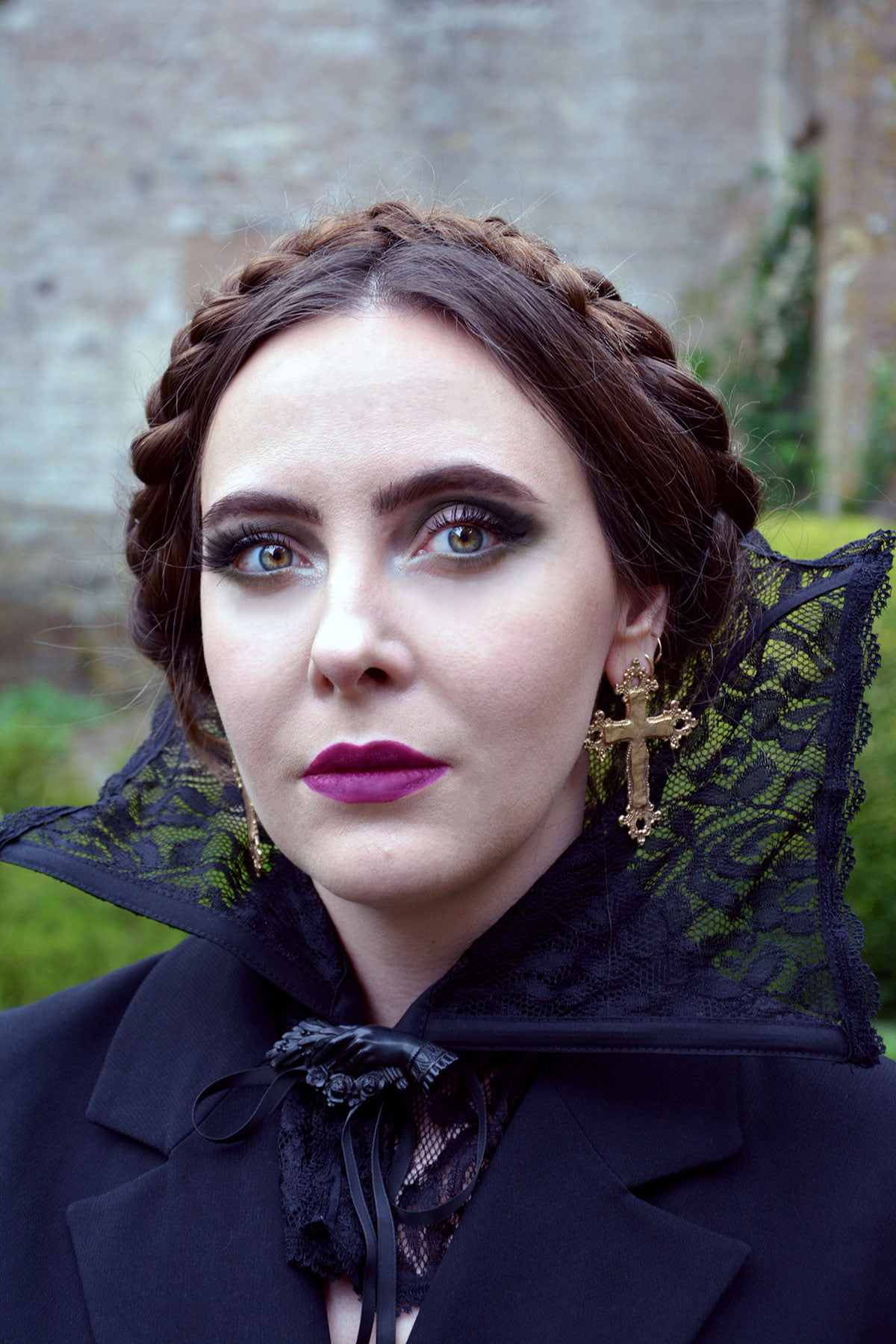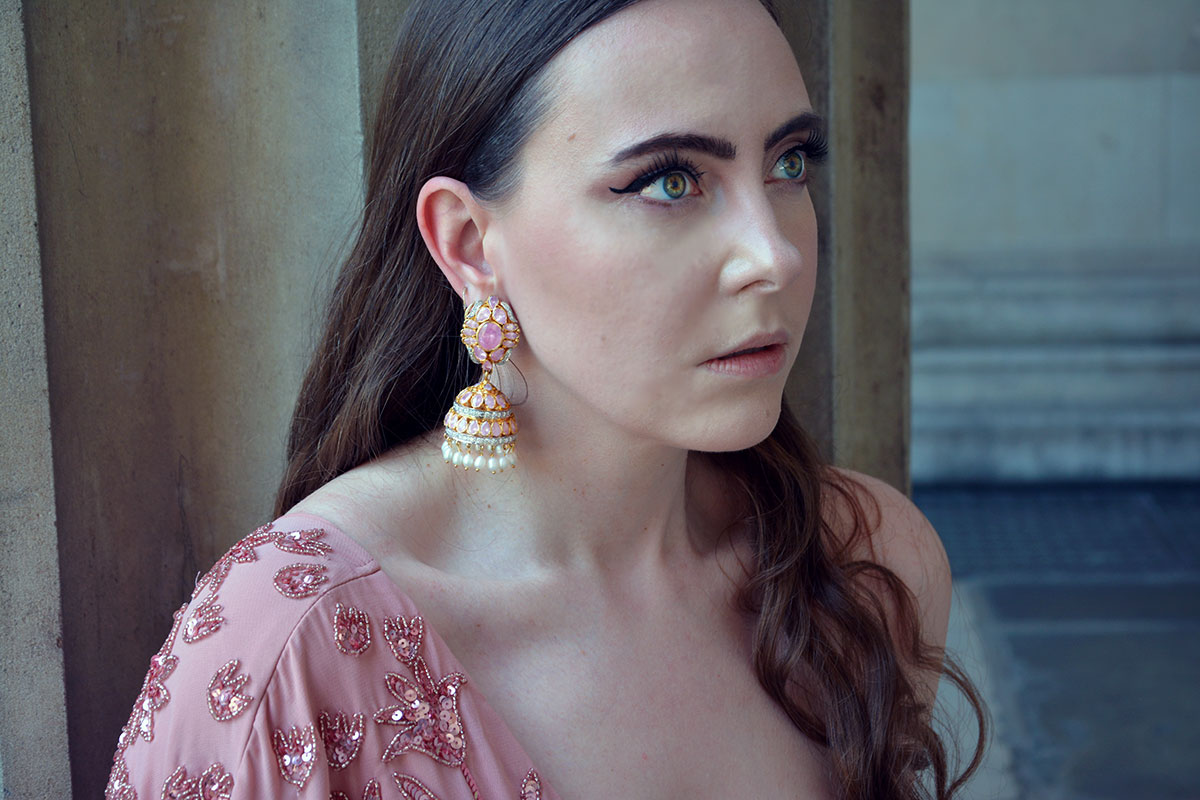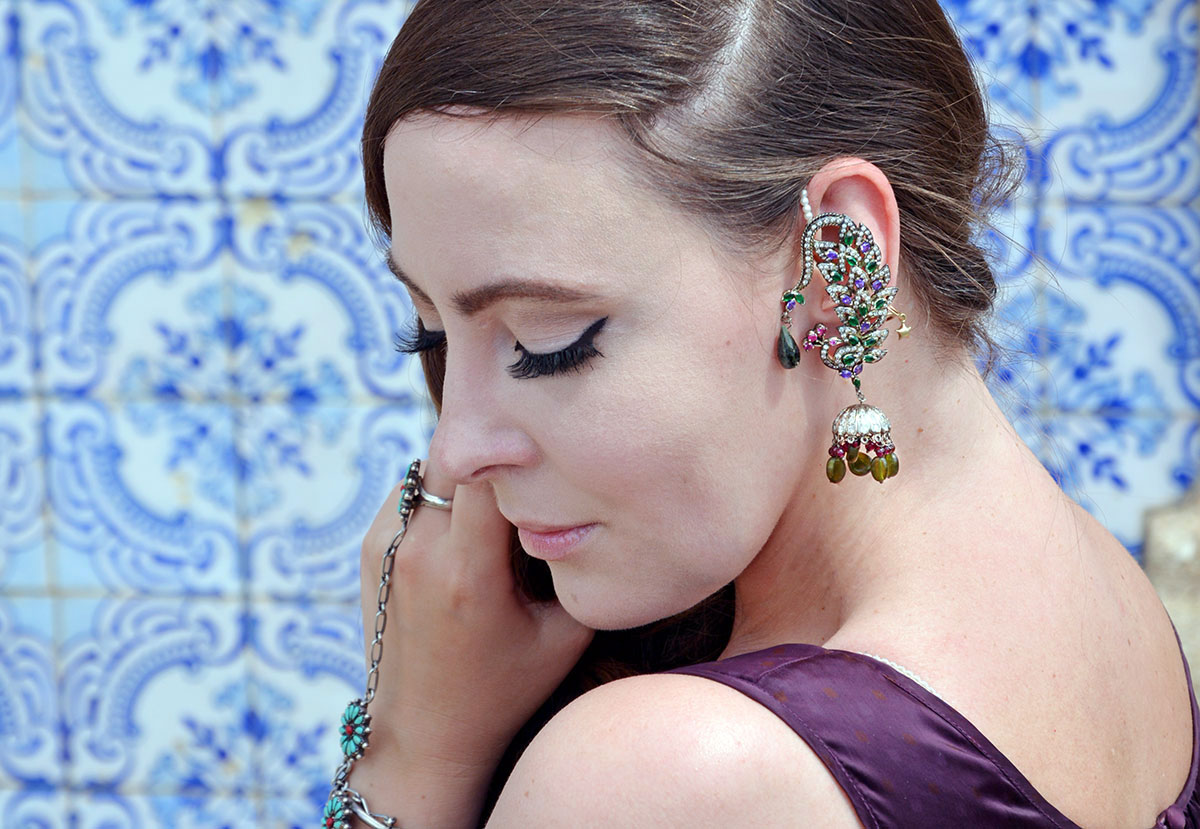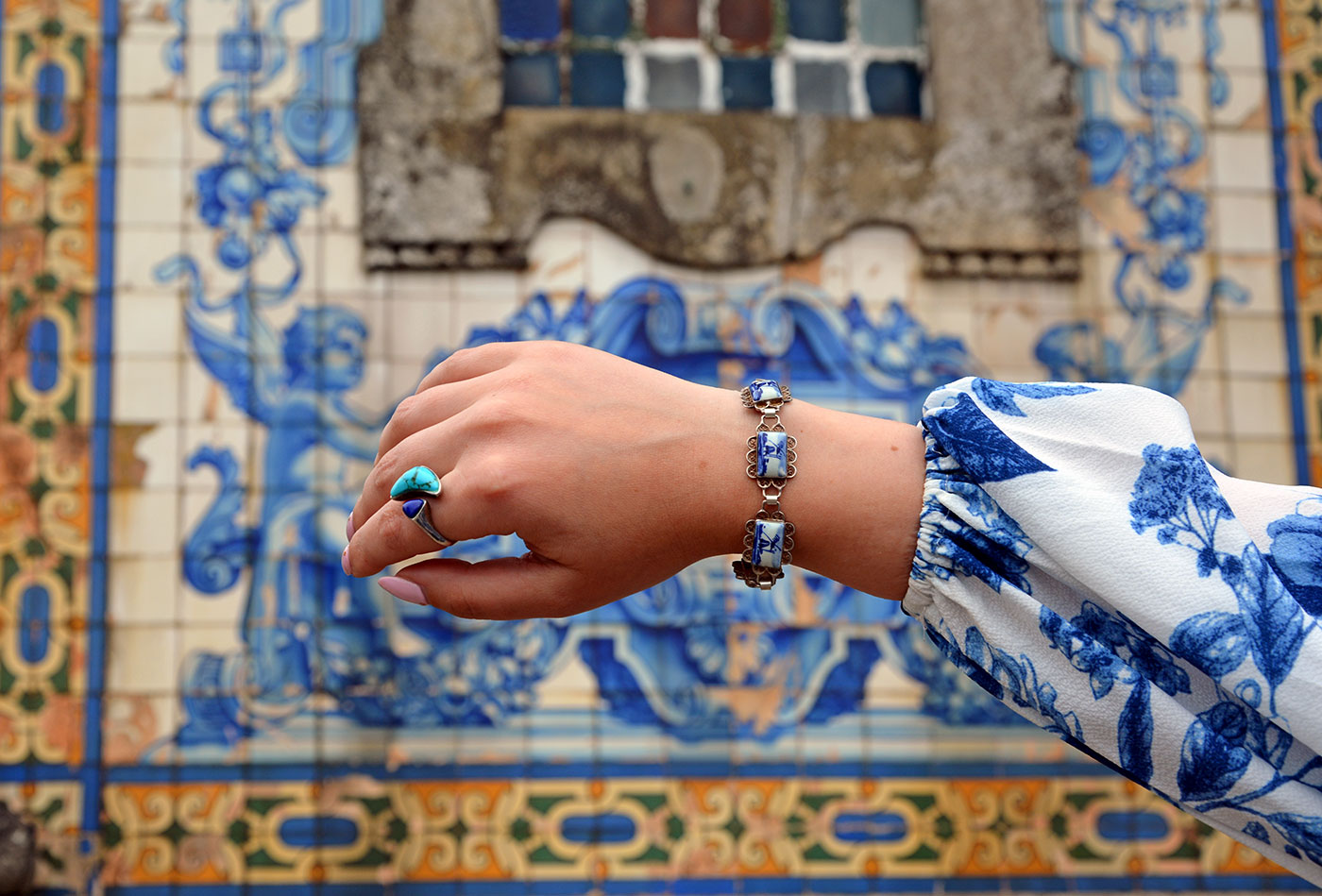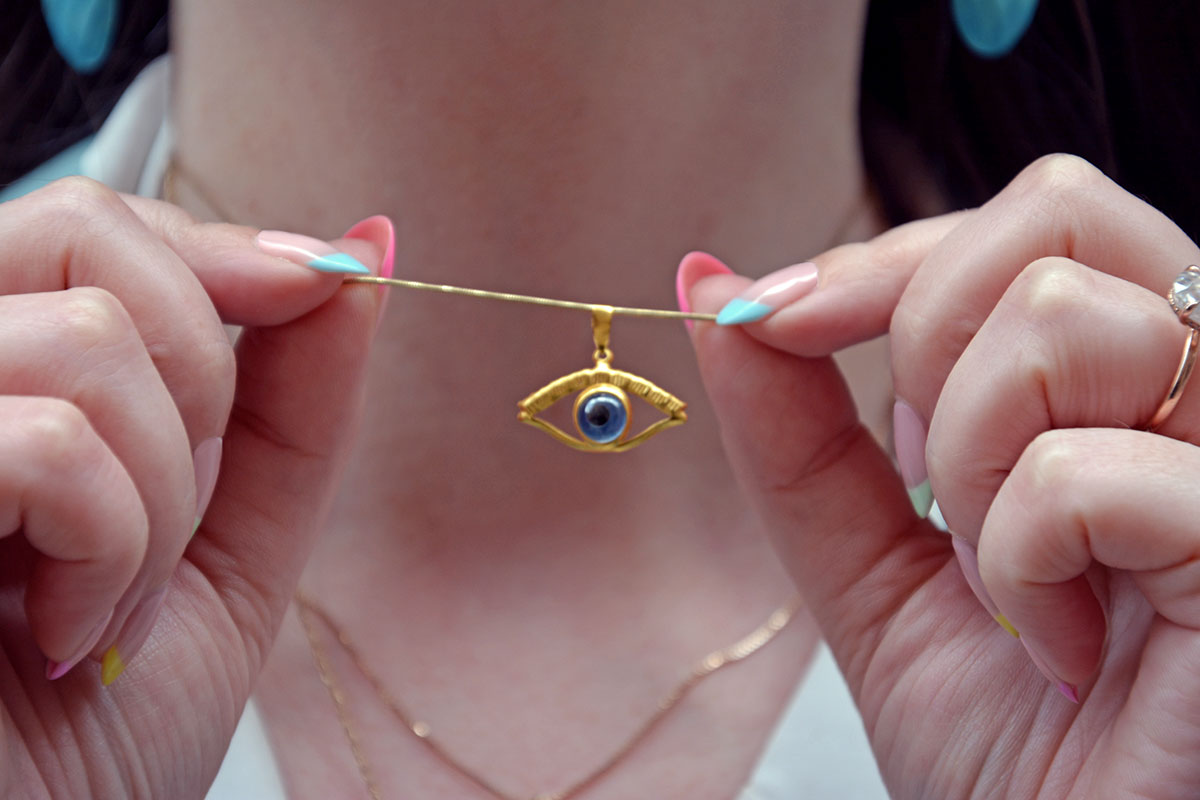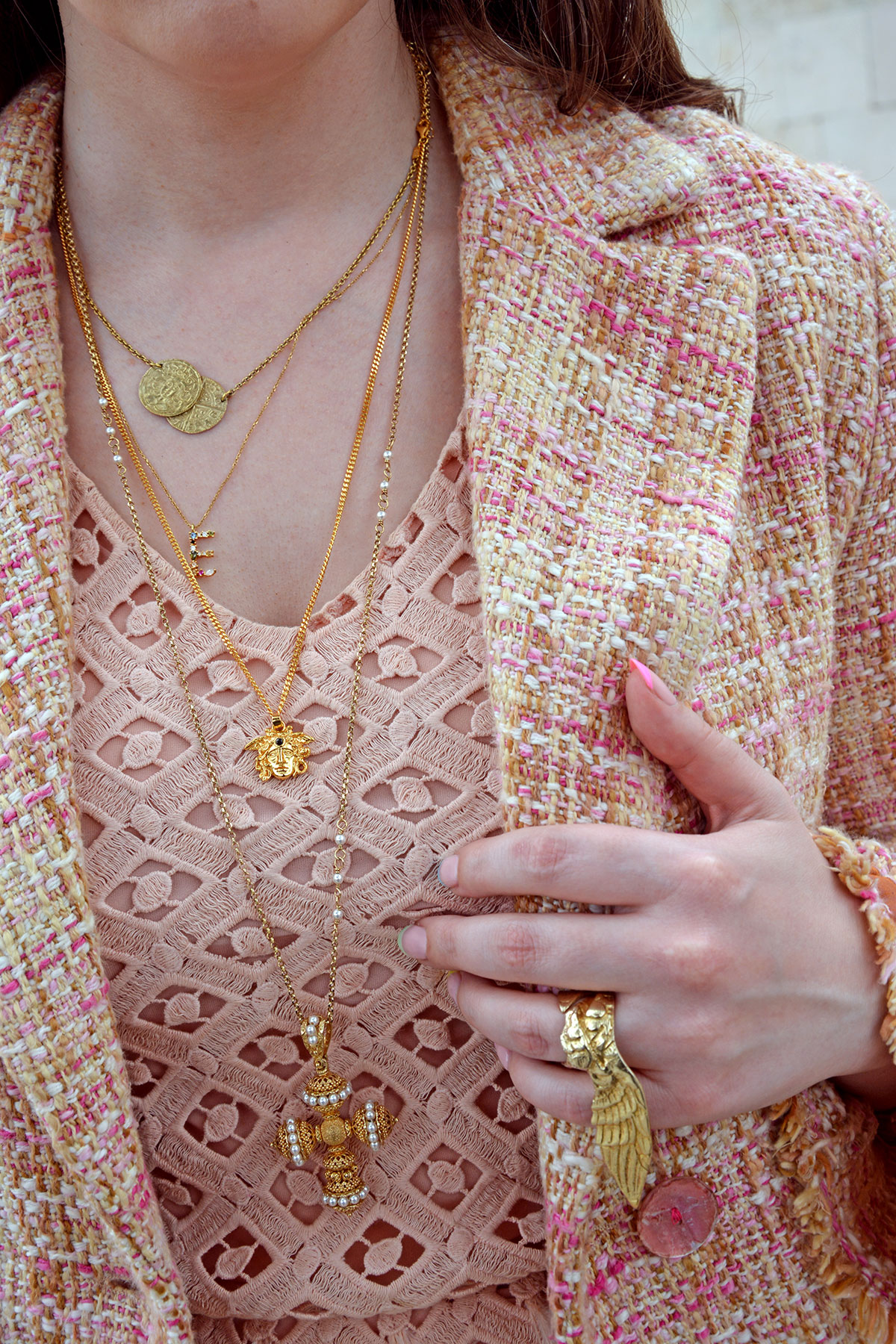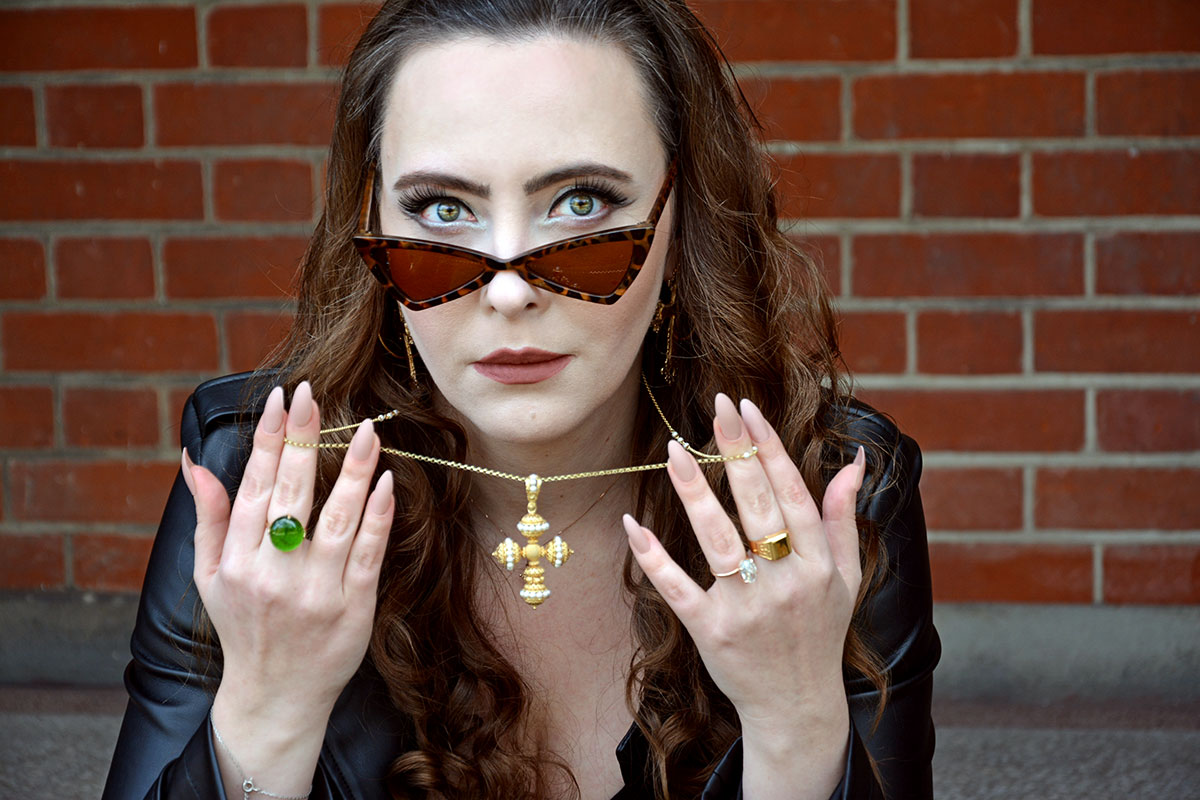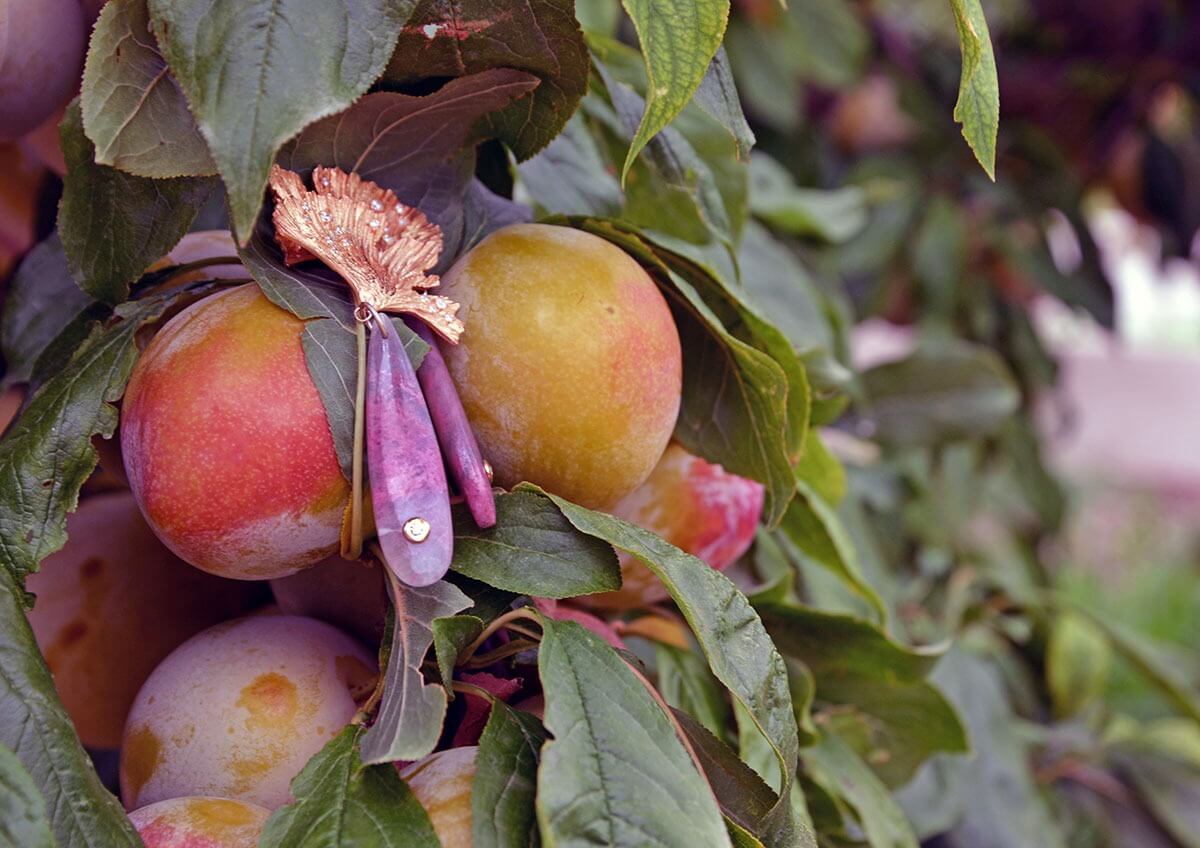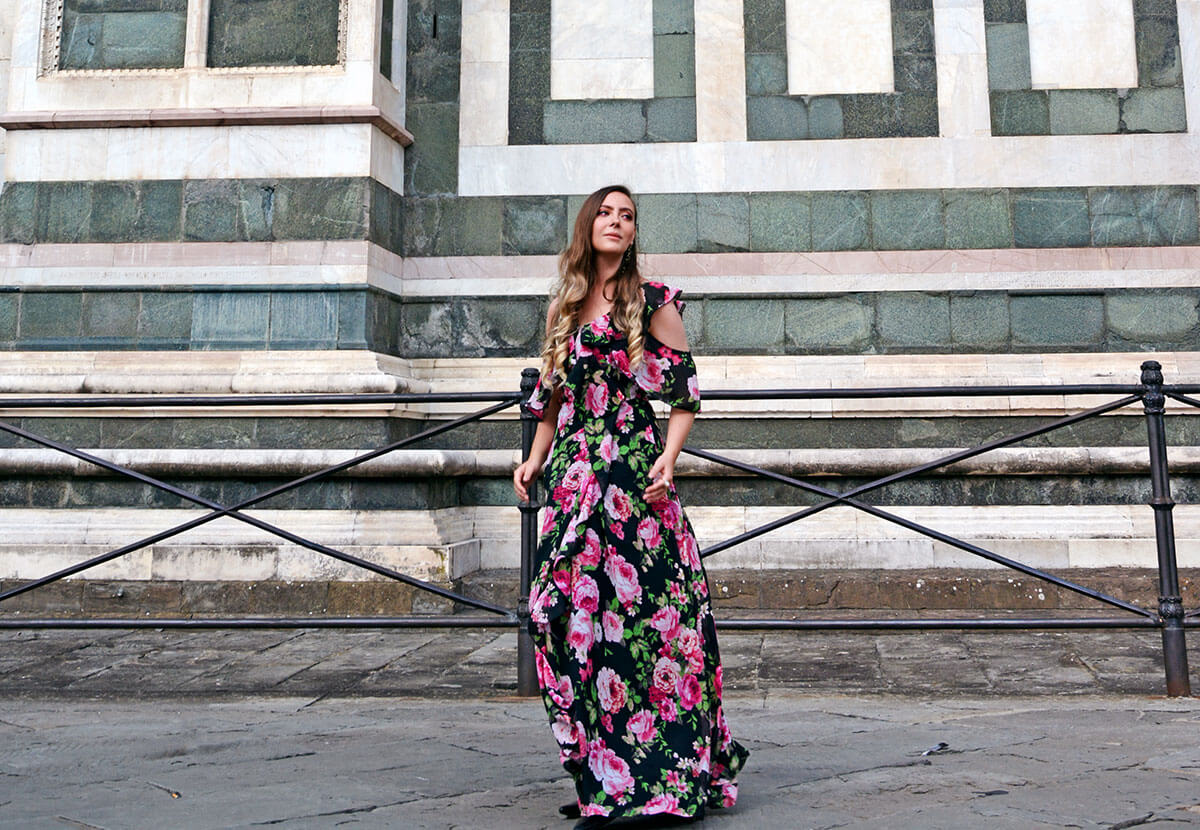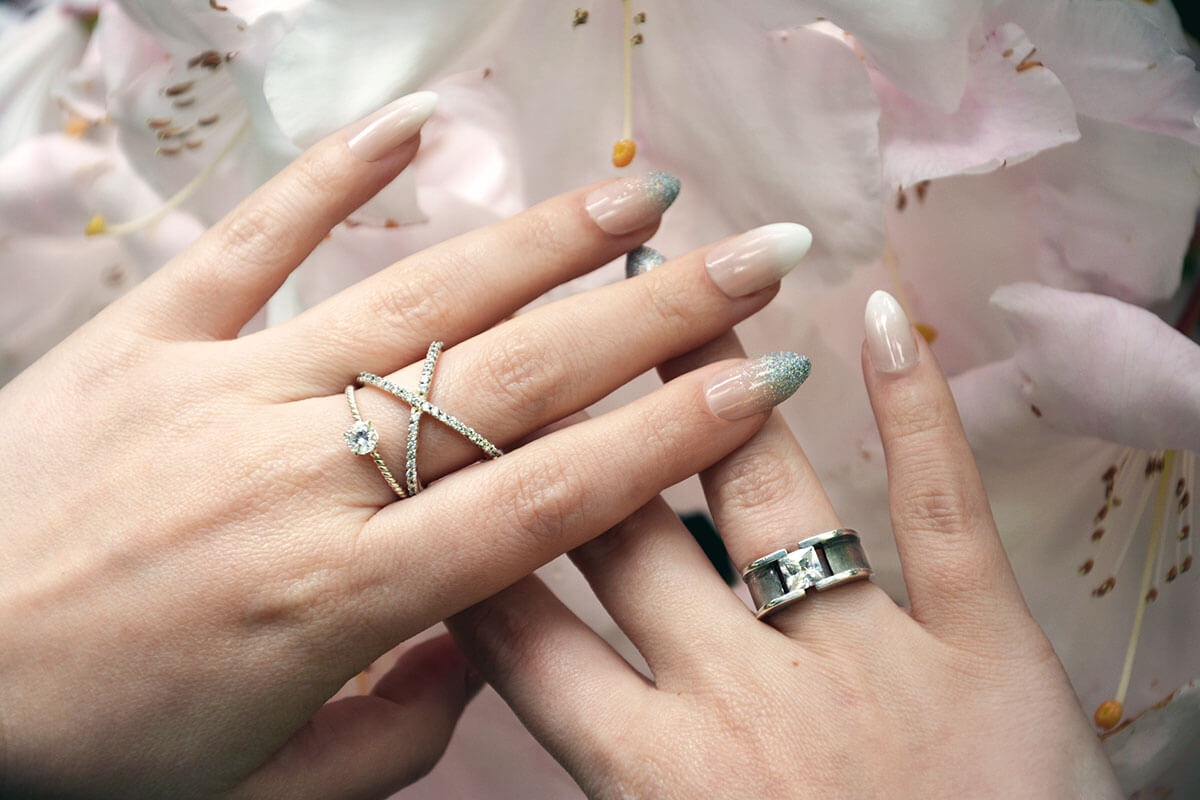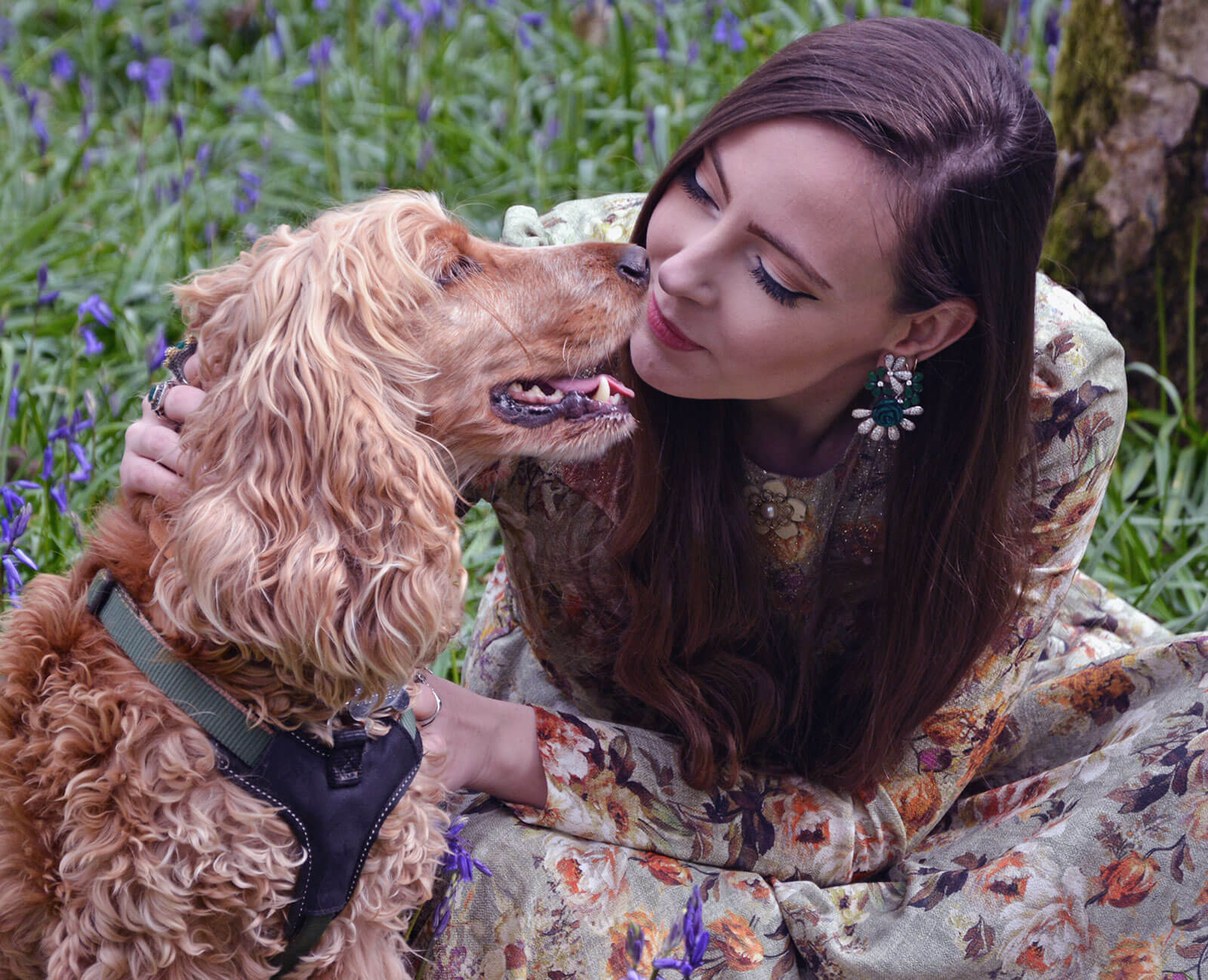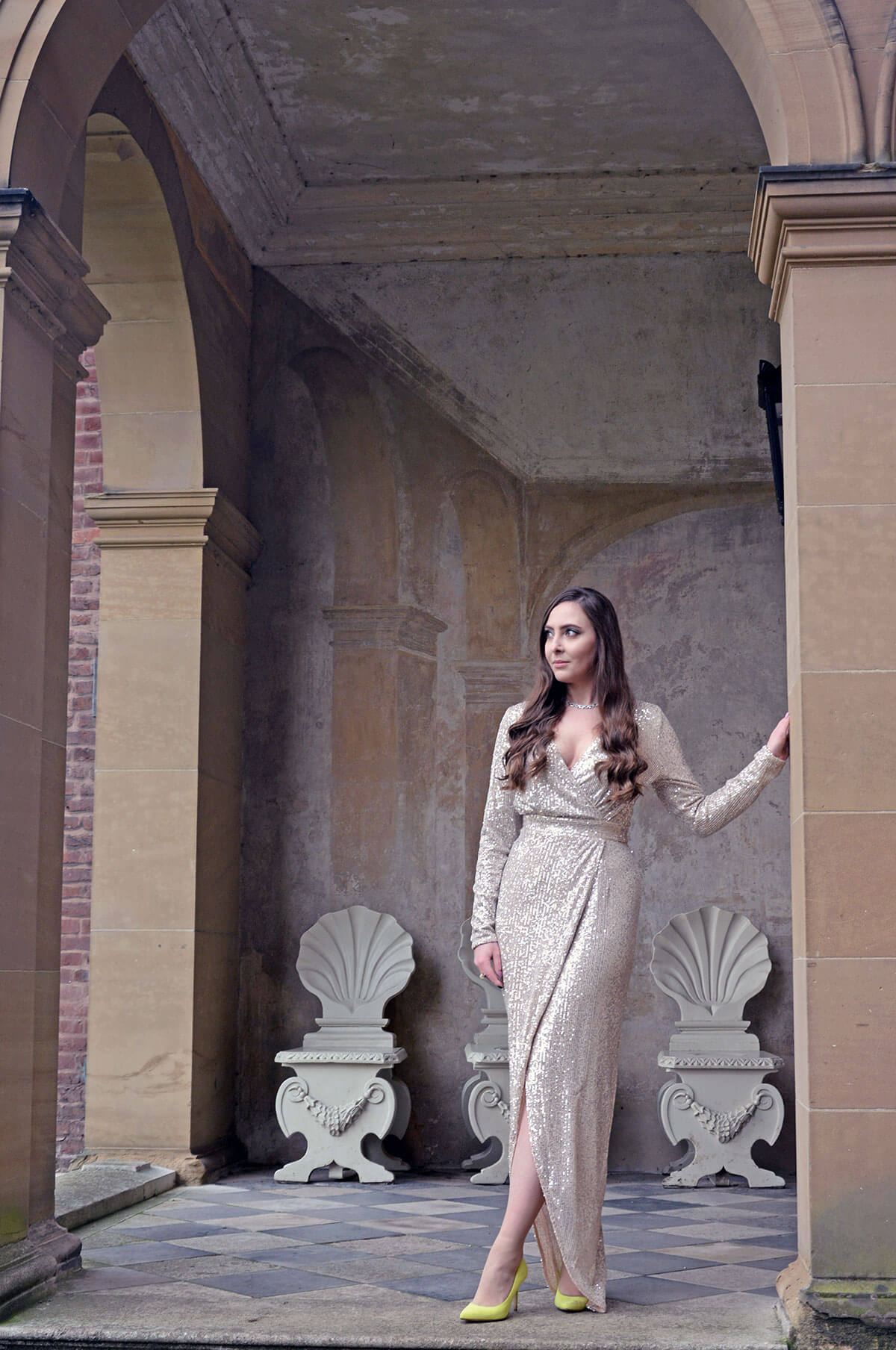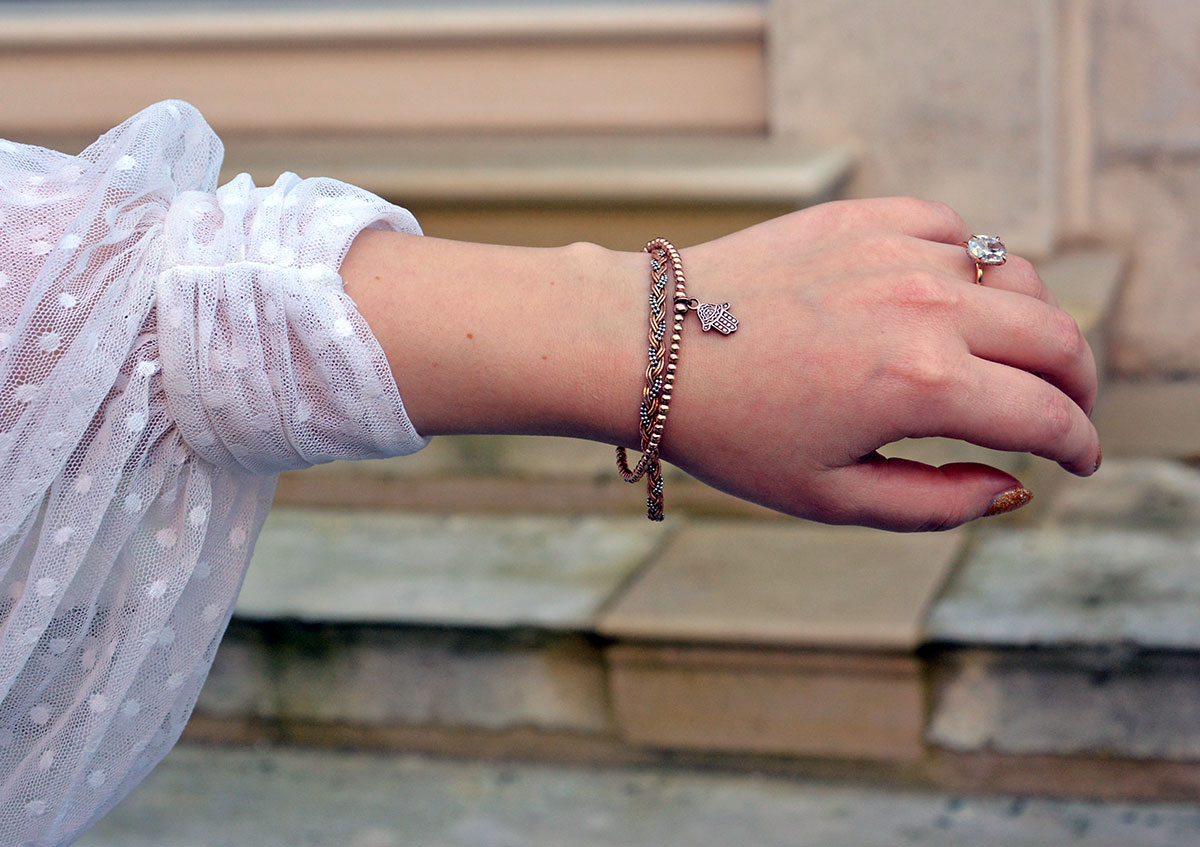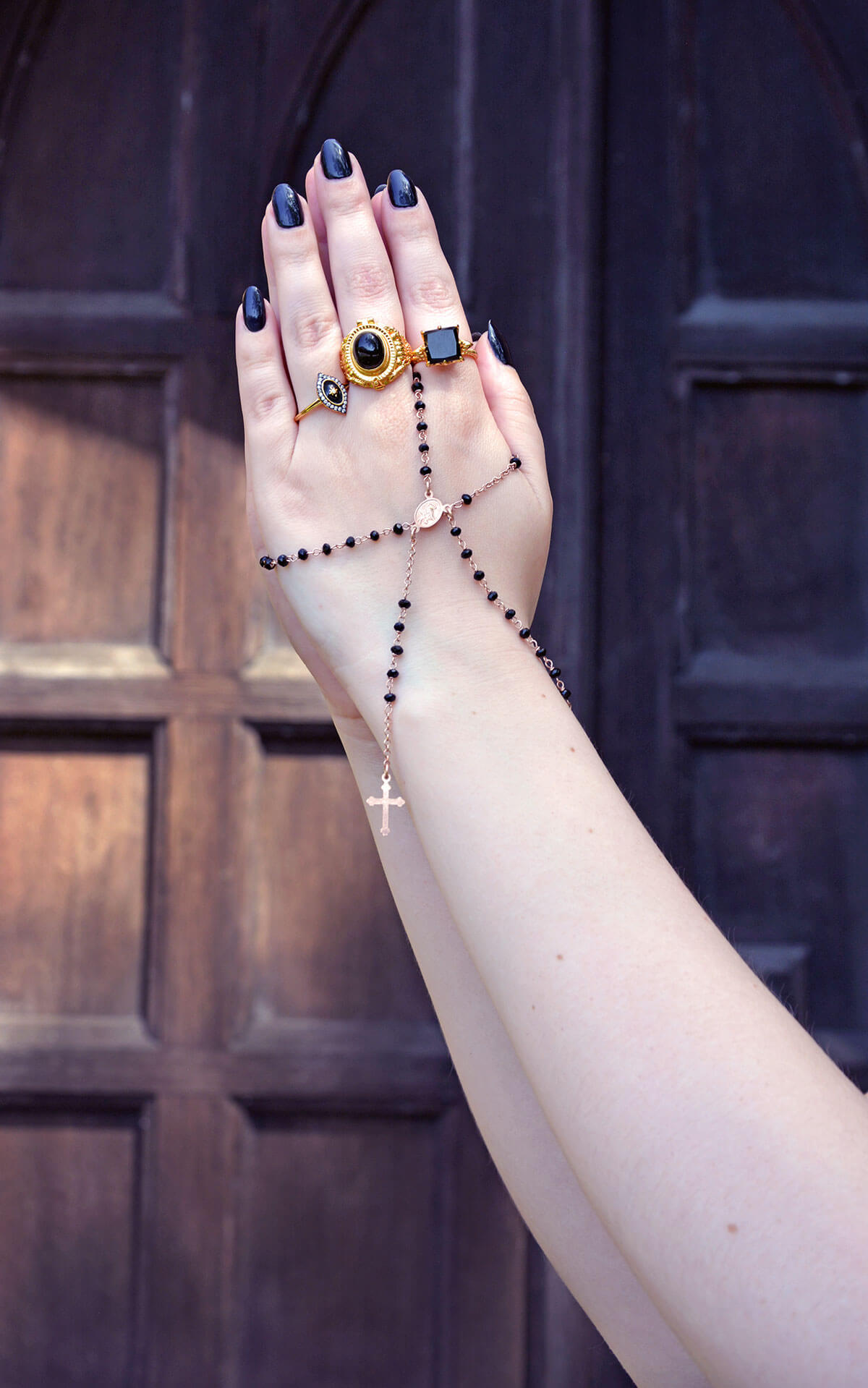
Who is the first person you think of when someone says mourning jewellery? It’s Queen Victoria, isn’t it? Known for starting as well as rocking mourning jewellery and attire for forty years after her husband’s passing, Queen Victoria has certainly brought the trend to the forefront. However, the fascination with death and acceptance of human mortality, aka the latin phrase memento mori (remember that you will die), has had its place among the living for millennia. Queen Victoria wasn’t even the OG PR officer for this whole emo-goth moment. Let’s find out who was.
Memento Mori: The early years
Ancient Egyptians lived their whole lives in anticipation of death, however the philosophy about seizing the day as death was coming for each and everyone of us originated in classical antiquity, through great thinkers such as Democritus and Plato. Its fame rose rapidly as more people converted to early Christianity. Within Christianity, it’s important to showcase death as a moment of transition into heaven or hell, the latter requiring a very specific association with evil, darkness and malice. This was a tool to ensure that good deeds were focussed on while we were alive as they were a ticket to heaven. Hell, of course, awaited everyone who deviated from the programme. Memento mori became a particularly useful reminder that death was not optional, and heaven or hell were ultimate destinations for us all. Read up more about religious jewellery here.
The philosophy grew into artistic movements, very much connected with the trend to be pious during the medieval era. Prayer, religious objects, the good book – all were tools to prevent your soul from being sucked into the danse macabre, a derivative of the memento mori movement, which was a term for the generic visual of the Grim Reaper dancing his way to snatching your soul into the afterlife. Back in medieval times, this was something that you’d be keen on delaying for as long as possible.
The rise of the mourning jewellery trend
While it’s fair to say that medieval times were totally the OGs of the memento mori trend, the oldest mourning jewellery documented were mourning rings that dated back to the end of this era – the fourteenth century. Those were generic memento mori rings though, as the trend for mourning jewellery connected to a specific loss started rising in popularity in the late sixteenth century, and cemented its validity in the eighteenth century. Think motifs such as skulls, bones, coffins as well as quotes from or names of the departed on pendants, brooches, lockets and rings. This went hand in hand with the vanitas artistic movement, especially prevalent in the Netherlands and Western Europe. Vanitas, or emptiness/vanity, was an aesthetic that underlined how short and often insignificant human life was, so the philosophy supported living life to the full or becoming the fool who missed out. The symbols often used included skulls, candles, butterflies, dying florals and hourglasses, the latter being a reminder that the clock was ticking.
From death reminders, to reminders of the dead
As mentioned before, two directions in mourning jewellery established themselves completely, yet one of them seemed to resonate with the folk of the eighteenth century more. The generic memento mori, danse macabre motifs, although still ever present, were slowly going down in popularity in favour of tokens of remembrance. Those who could afford it, made sure that their wills not only covered their funerary arrangements as well as who inherited what, but also commissioned mourning rings and jewellery for their loved ones, reminding them of their own passing. This became so popular, that jewellers started posting lead times of such commissions to manage consumer expectation.
Queen Victoria, professional mourning jewellery wearer
As Queen Victoria became a widow on the 14th December 1861, she fell into despair. She mourned the death of her husband for the rest of her life. Luckily, she still had her second passion by her side – jewellery. This allowed her to manifest her loss through the jewellery choices she made, while literally low-key influencing the whole country to follow suit. Furthermore, this is Imperial Britain we’re talking about, so by country – we also mean parts of South America, Central and South Africa, large chunks of India as well as the whole of Egypt, Canada, Australia and New Zealand. All in all, Queen Victoria had influence over roughly of quarter of the world’s population.
Stages of mourning
Mourning became a little bit of a favourite past time to the richer tier, as they had more money and less jobs to do, so much so that the act of mourning started to develop official stages. Not just any stages, government-approved stages. While these varied from one country to another in their intensity, plus how closely related one was to the deceased, generally speaking women were expected to mourn for longer and more publicly than men. This nifty table by artofmourning.com will give you an indication of how stages of mourning looked like, what they permitted and what they restricted. It’s prudent to say that in the first stages of mourning, not a huge deal was allowed in terms of self-expression beyond the colour black. As the process progressed into the later stages, diamonds were permissible as was a slow voyage towards other coloured gemstones.
Victorian mourning jewellery microtrends
Victorian mourning jewellery started branching out into microtrends. The generic memento mori was still around and kicking, but other slightly more bizarre looks also began creeping up. One such look that would make many of us go ewww was hair jewellery. Think hairstrands braided into bracelets, neckpieces or placed as intricate waves and designs under glass in mourning rings. ArtofMourning.com has a pretty good deep-dive into this look if you click here. You may think that this is equally strange as it is disgusting, but you’ll be surprised to know that there are many collectors out there today willing to pay thousands for these curiosities.
Other mourning jewellery microtrends were:
- Expanding symbolism beyond just memento mori and skulls. This included weeping willows, urns, angels, clouds as well as mini paintings of ladies in mourning – crying or looking sad.
- Giving the colour black another dimension. As the dress code for women was particularly strict for the first couple of years of mourning, black gemstones and enamel rose to fame. Jet, Whitby jet in particular, skyrocketed in popularity as a relatively inexpensive mourning jewellery option. A step cheaper than jet would be vulcanite, glass or gutta percha, though jet was ultimately preferred. A carved hand brooch holding a bouquet of flowers or a fan is a very easily identifiable jet mourning jewellery example. Find out more about jet and other black gemstones here.
- Going beyond black. After years of strictly black, an appetite for colour needed addressing. Gemstones such as amethyst, turquoise and garnet were breaking up the monotony as mourners entered the last stages of their sorrow.
- Giving the colour white a role. The colour white was also used in mourning jewellery, for example white enamel or pearls. The use of these materials often symbolised a death of a young child or an unmarried lady.
- Swapping sorrow for sentiment. The trend for sentimental jewellery emerged as the next step after mourning, and also as an option for those who had nothing to mourn for. For example a micro painting of your favourite place or even your pet’s portrait in a locket. This trend was considered on the tackier side by the Victorian gentry though.
- Commissioning a photo-locket. Ironically, this trend came in the latest stages of the period when photography got more widespread. Death-obsessed Victorians took their passions a step too far though with photography, as they decided that posing with the dead for a snap was a thing. But back to photo-lockets, these in a way were a symbol of the mourning trend also slowly dying out as an overall movement.
Death to obsessing about death
The late Victorians started realising that mourning can’t be a way of life, but it was merely a stage that too would pass. By the time King Edward VII took to the throne after Queen Victoria’s passing, the hardcore mourners got over their sadness. Those who didn’t, often found themselves as caricatures in the press. The trend was done. Obsessing about death died and paved the way for a more balanced and less isolating way to looking at life and death.
There were small spikes in the mourning jewellery look in the later thirties and fifties, but these were aligned with the tragedies and atrocities of the world wars. Think minimal photo lockets of lovers lost, sentimental rings and brooches, but nothing beyond that.
While we still wear lockets today, these don’t necessarily carry photographs of the dead. Often, it’s photos of the living. And yet, we still can’t stop our fascination with this macabre movement. Victorian mourning jewellery is still highly sought after and collected (especially hair jewellery!) today. Moreover, it is a huge source of inspiration for many brands and designers, including the late Alexander McQueen.
In the photos I am wearing RegalRose rings, a brand that thrives on mixing the Victorian mourning aesthetic with a contemporary edge.
Do you wear mourning jewellery? And out of curiosity… Would you wear Victorian hair jewellery?

